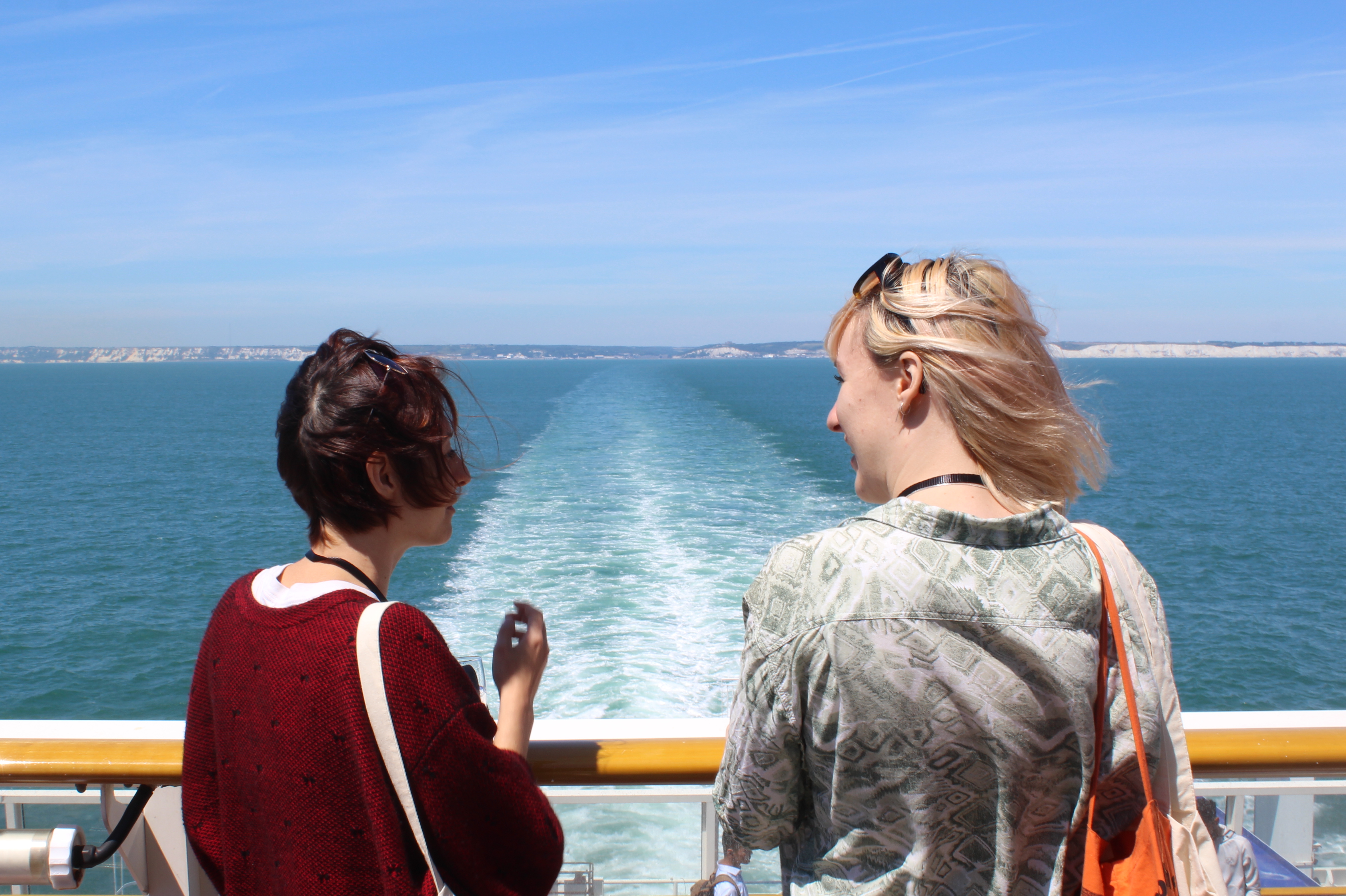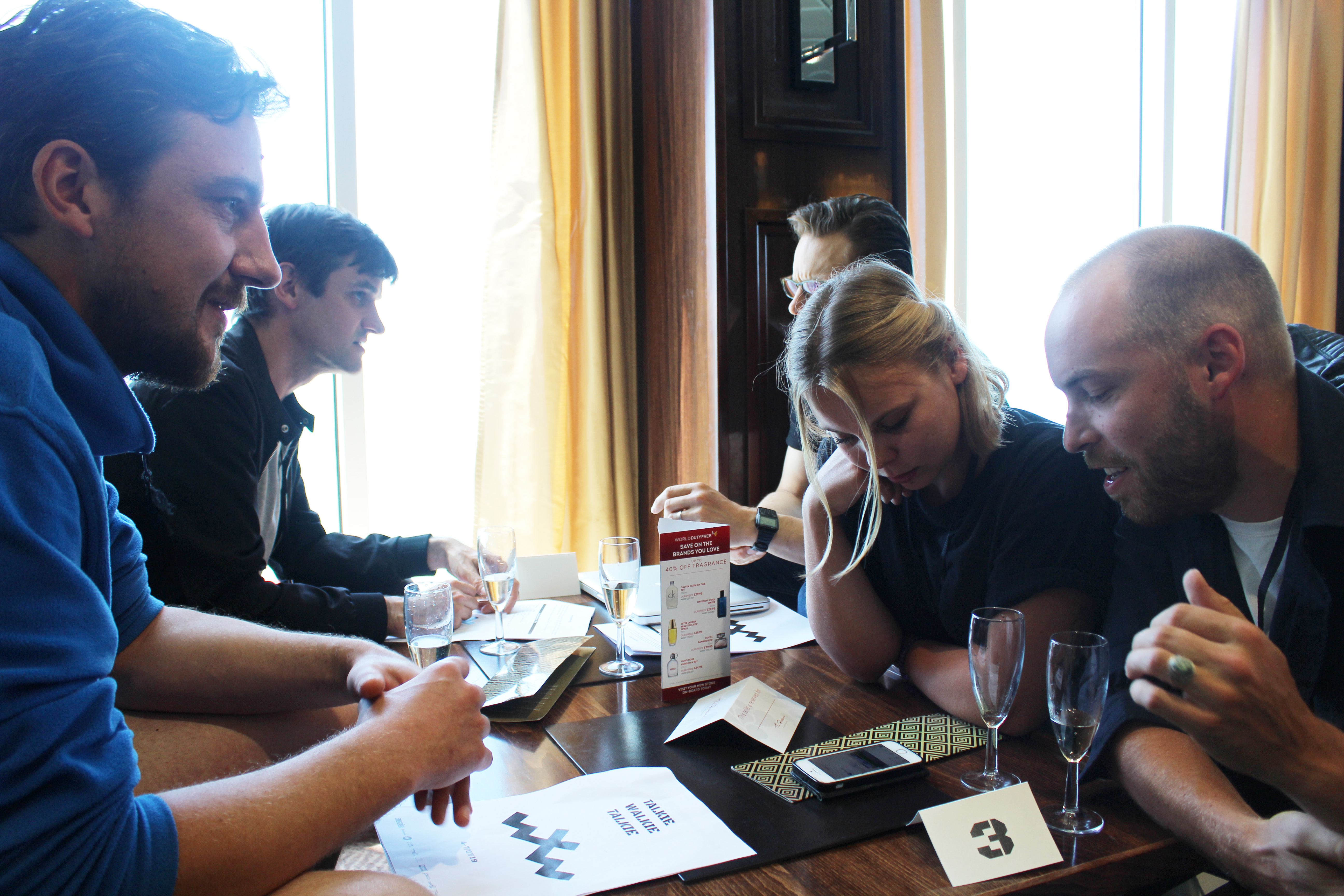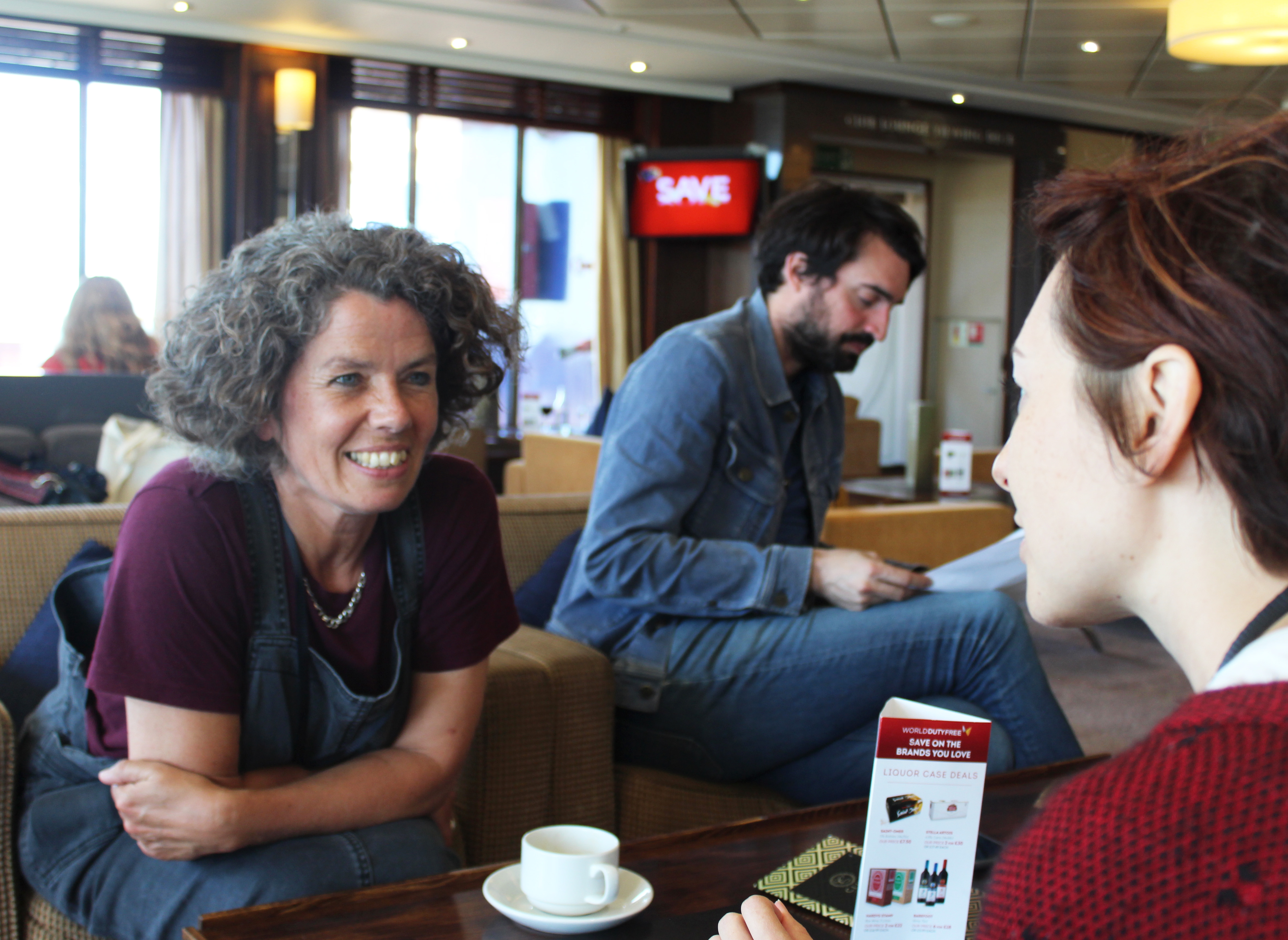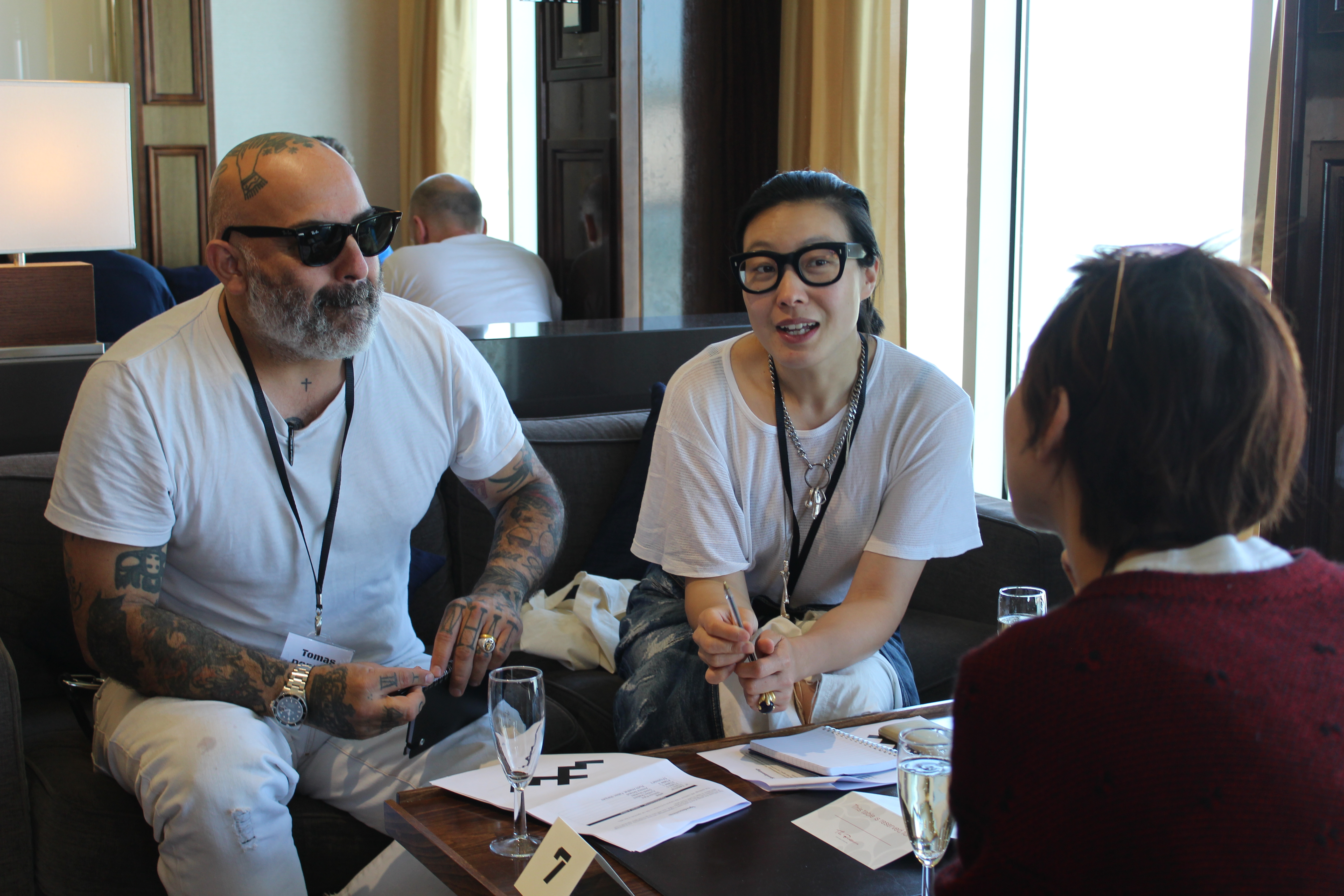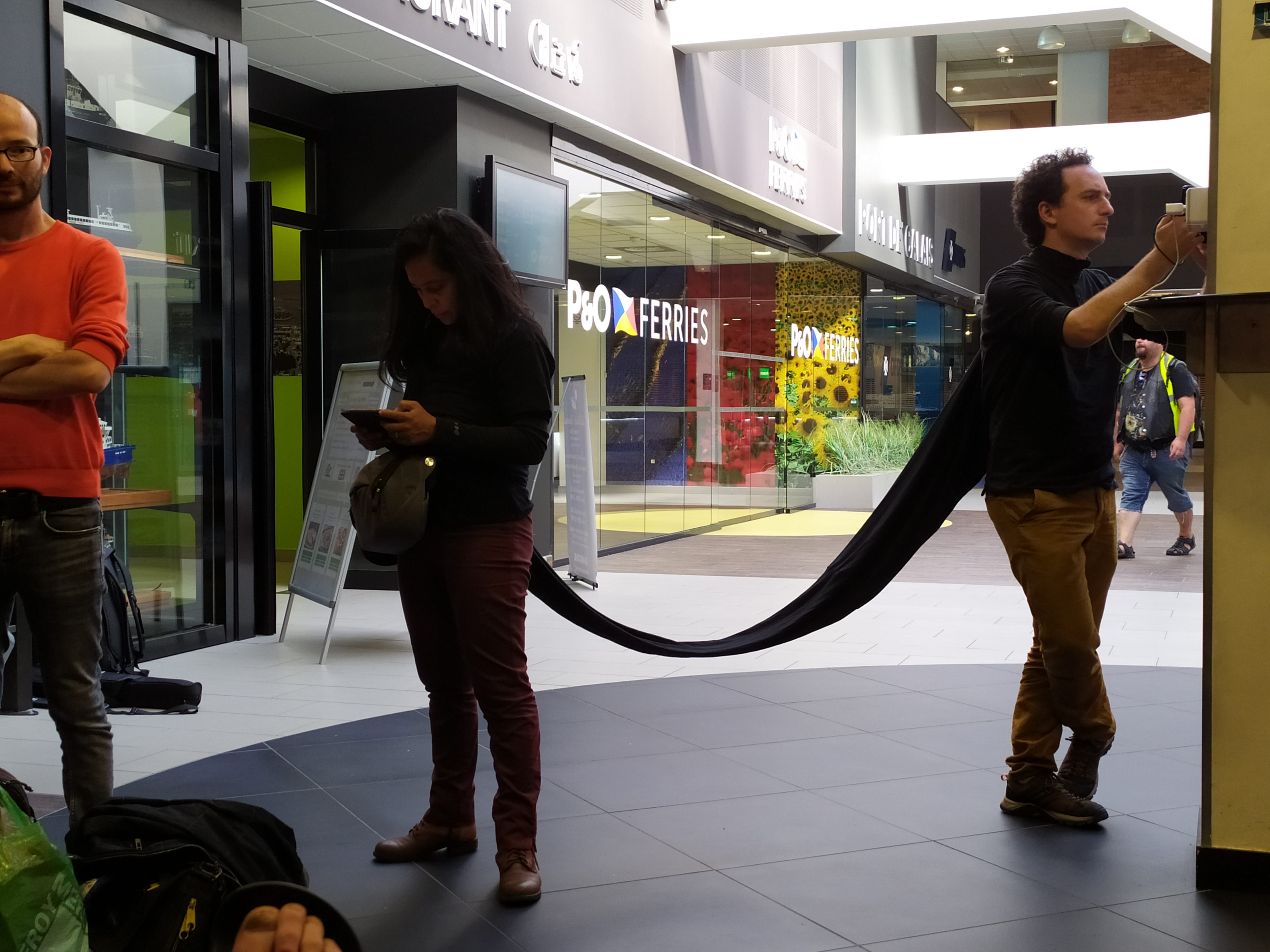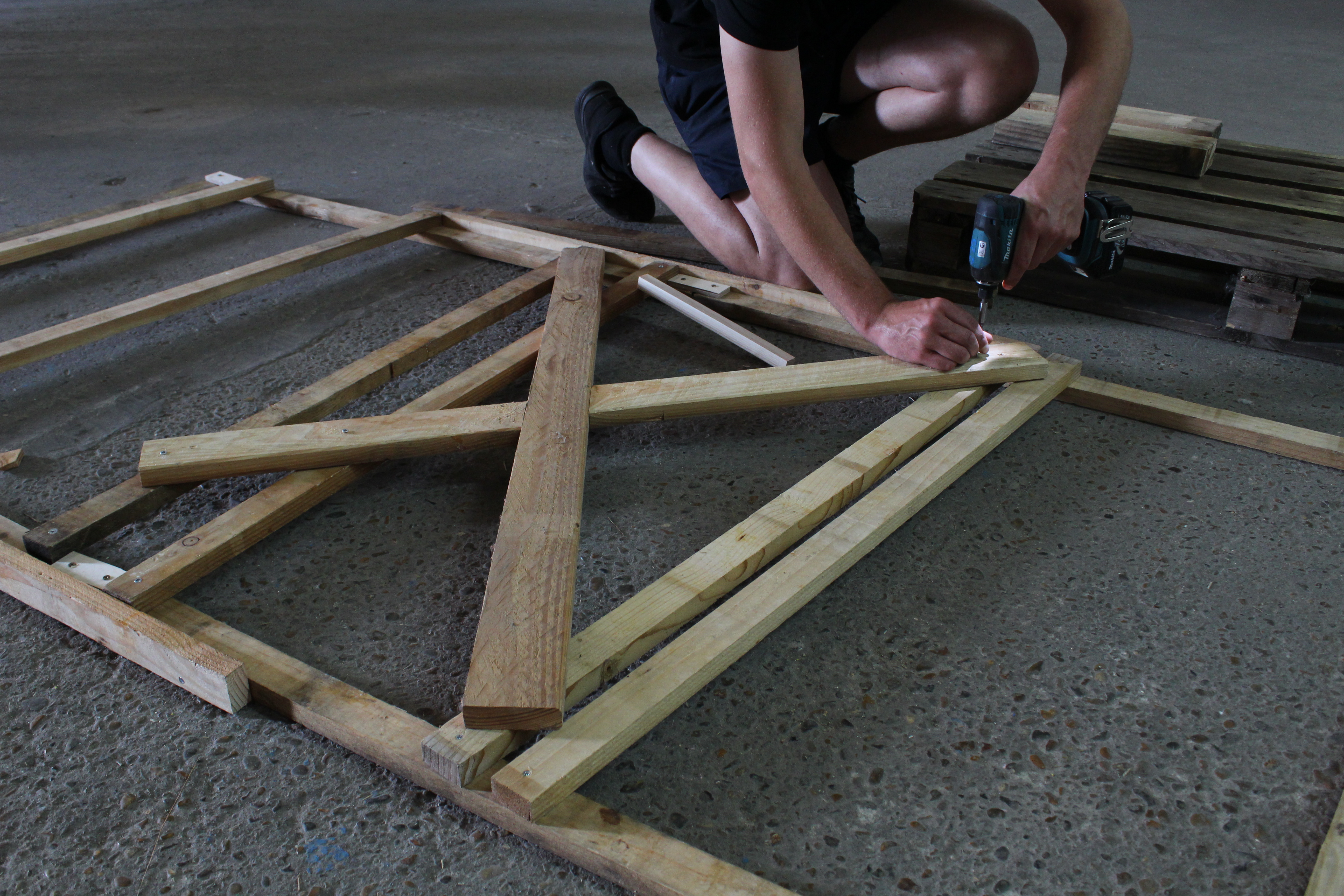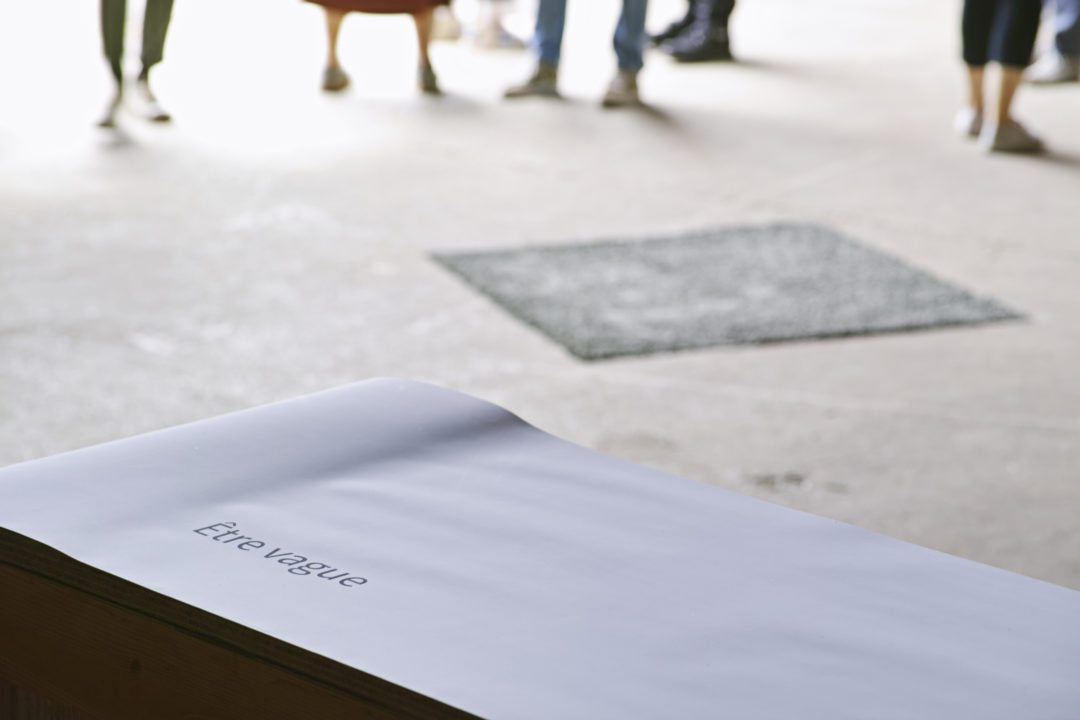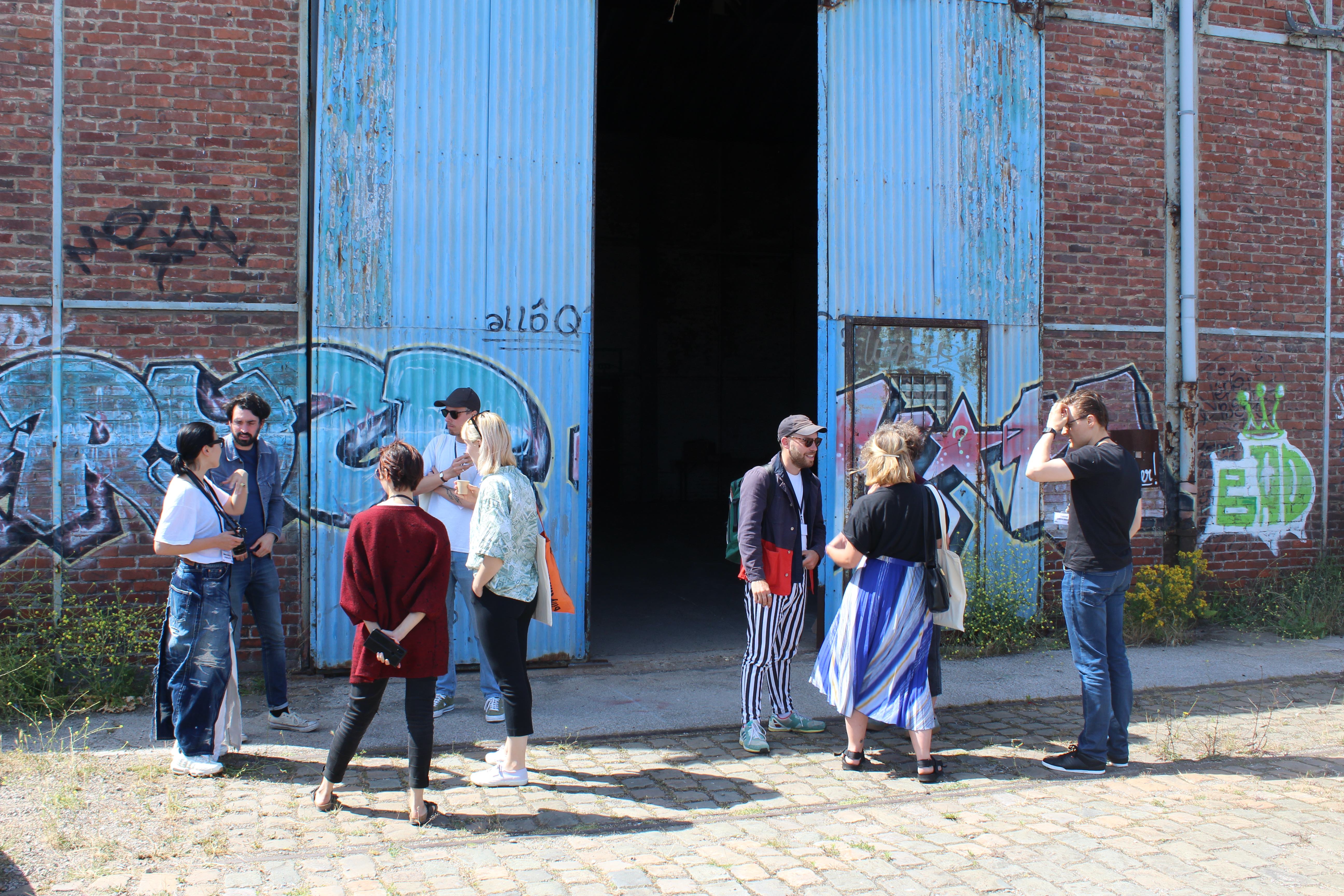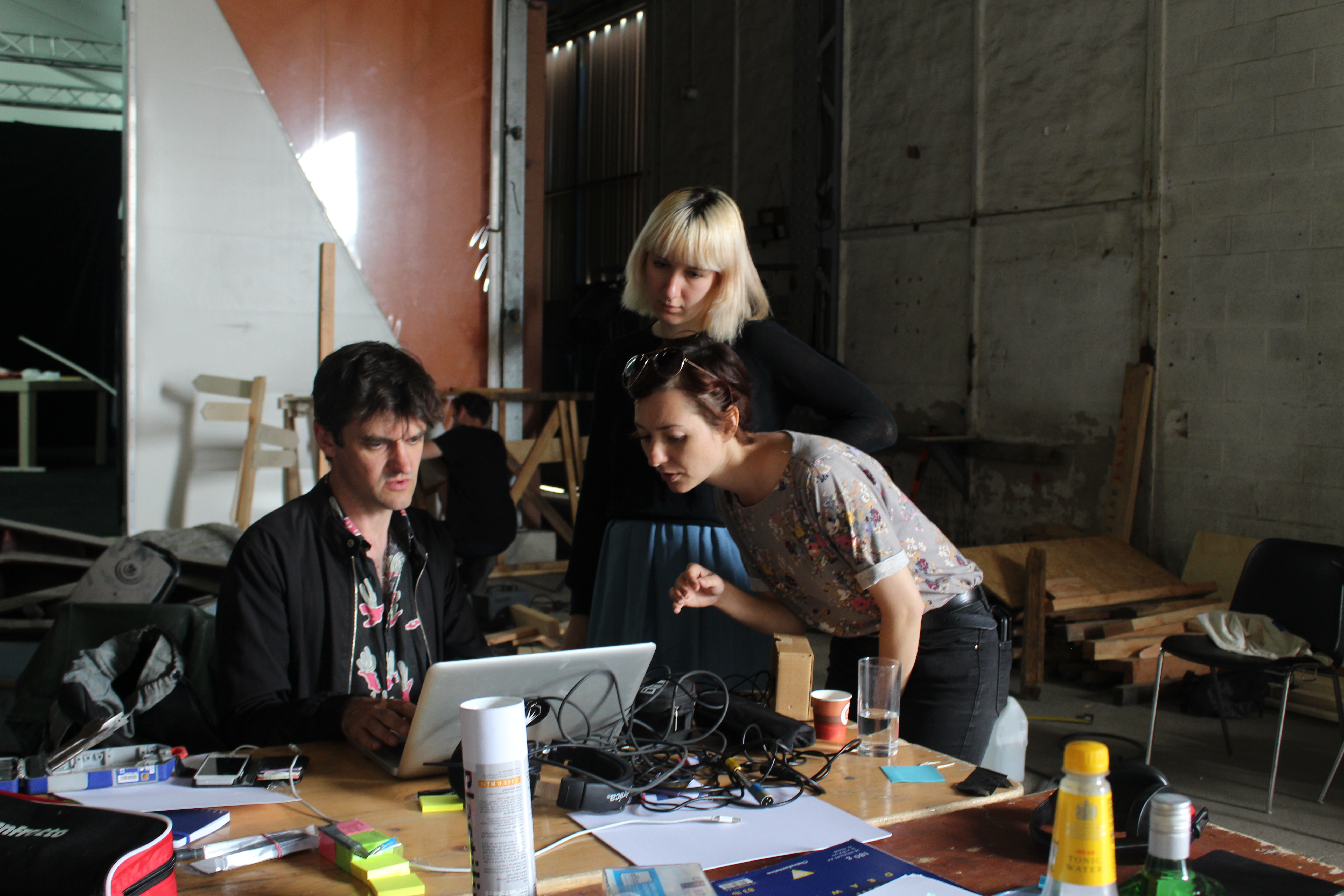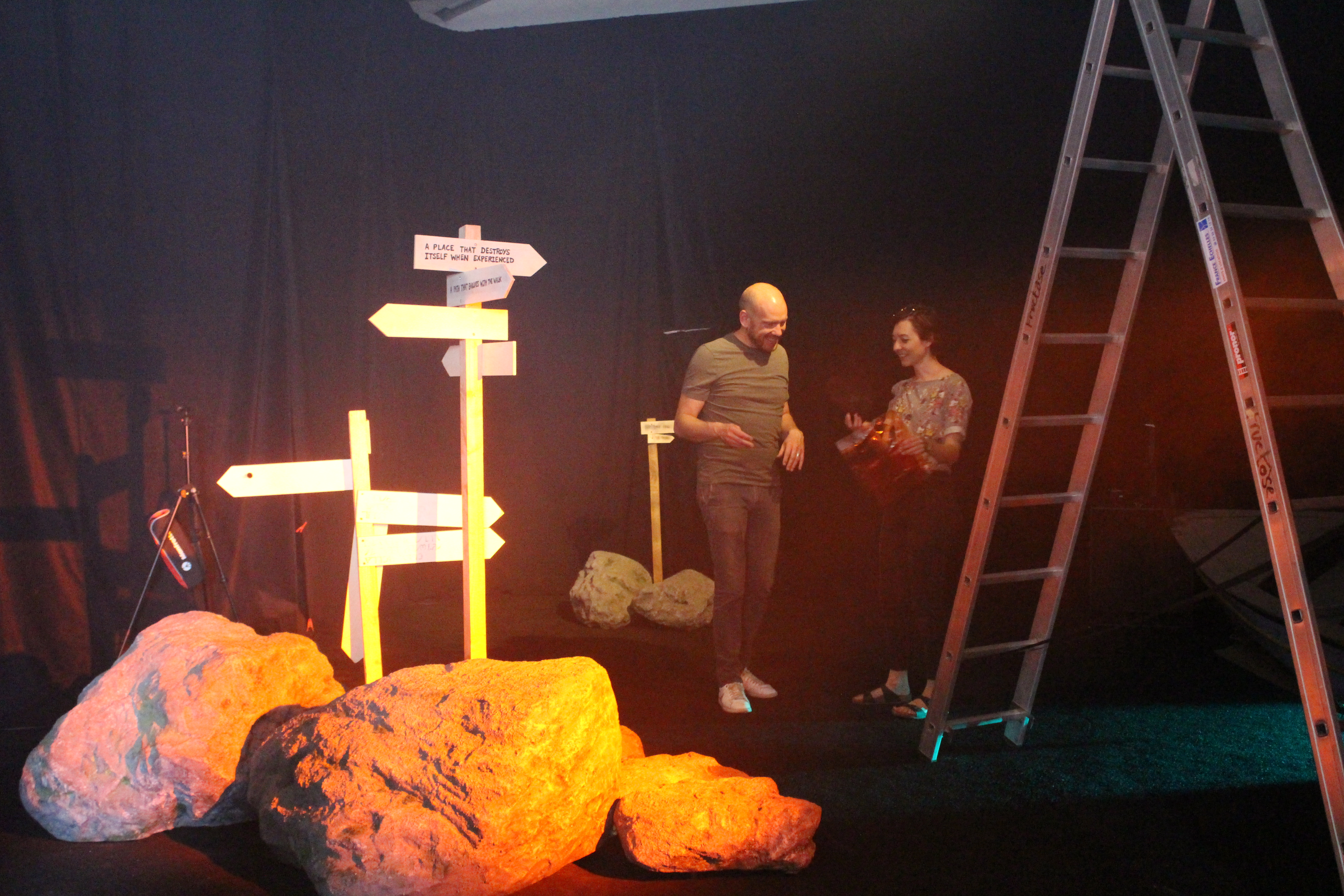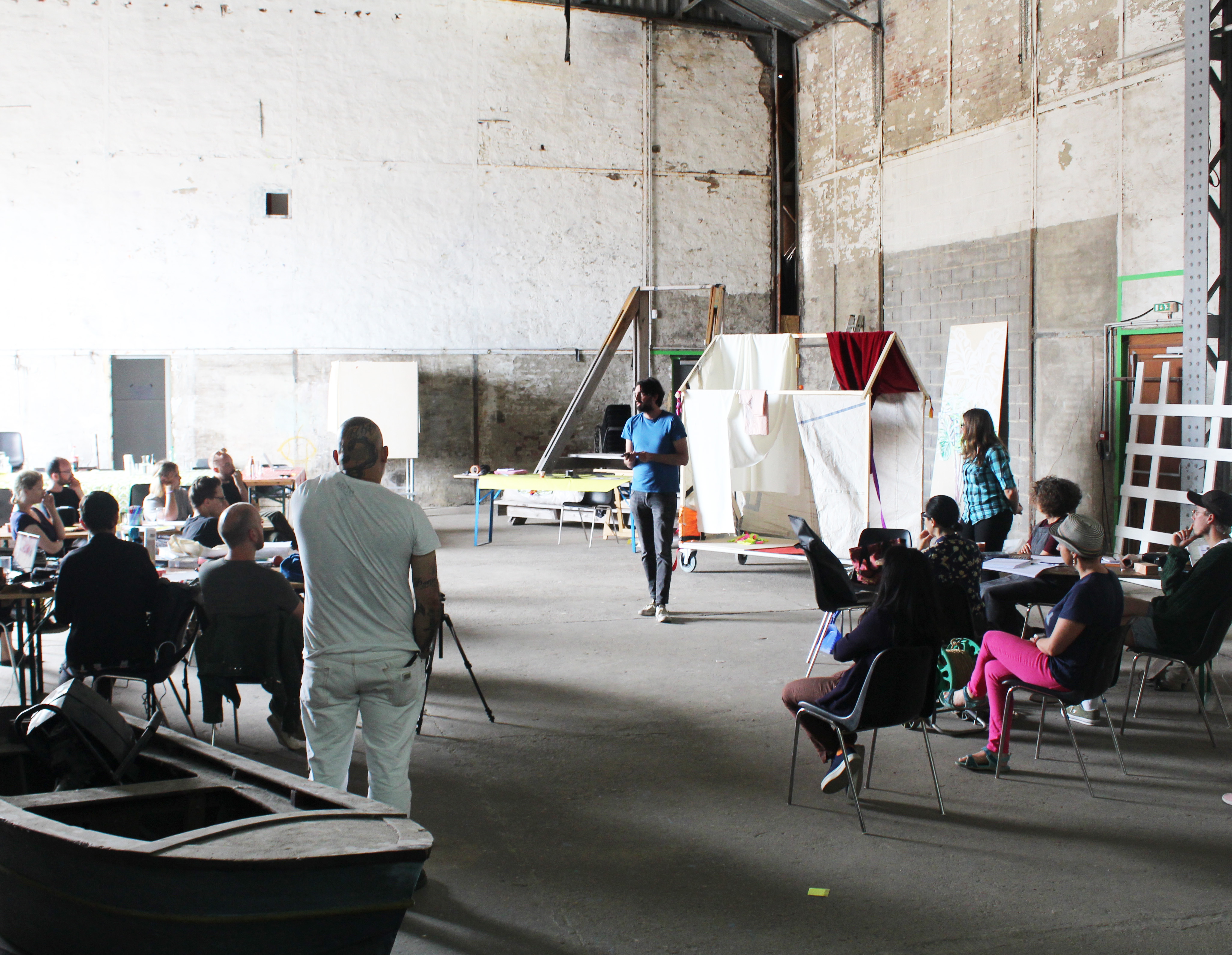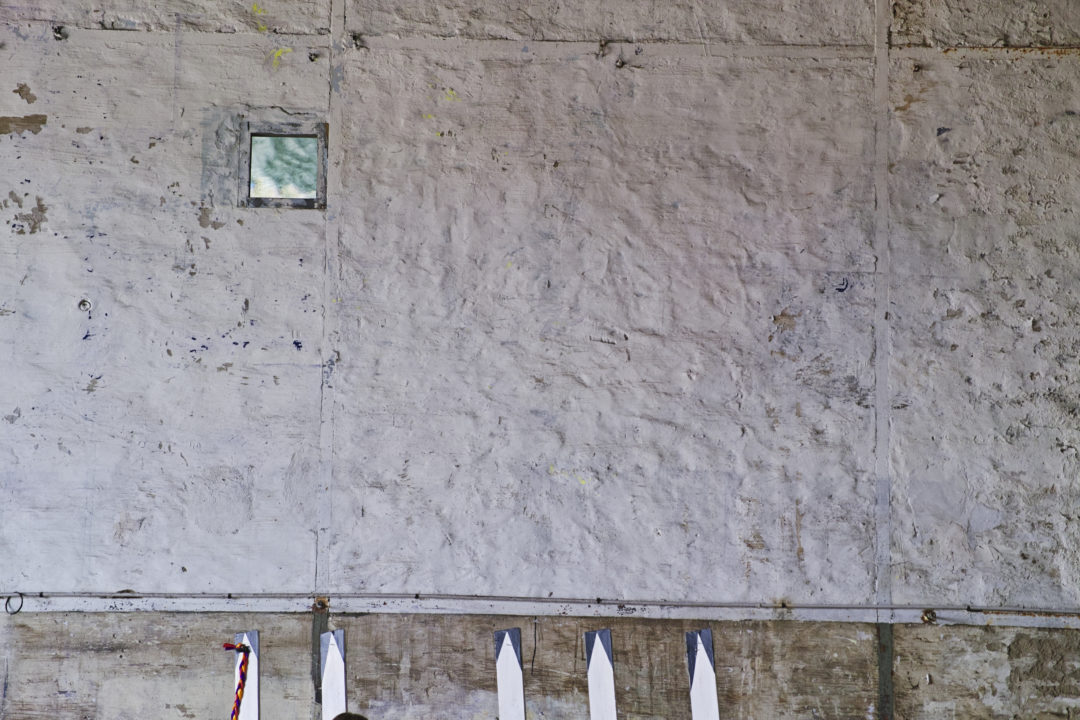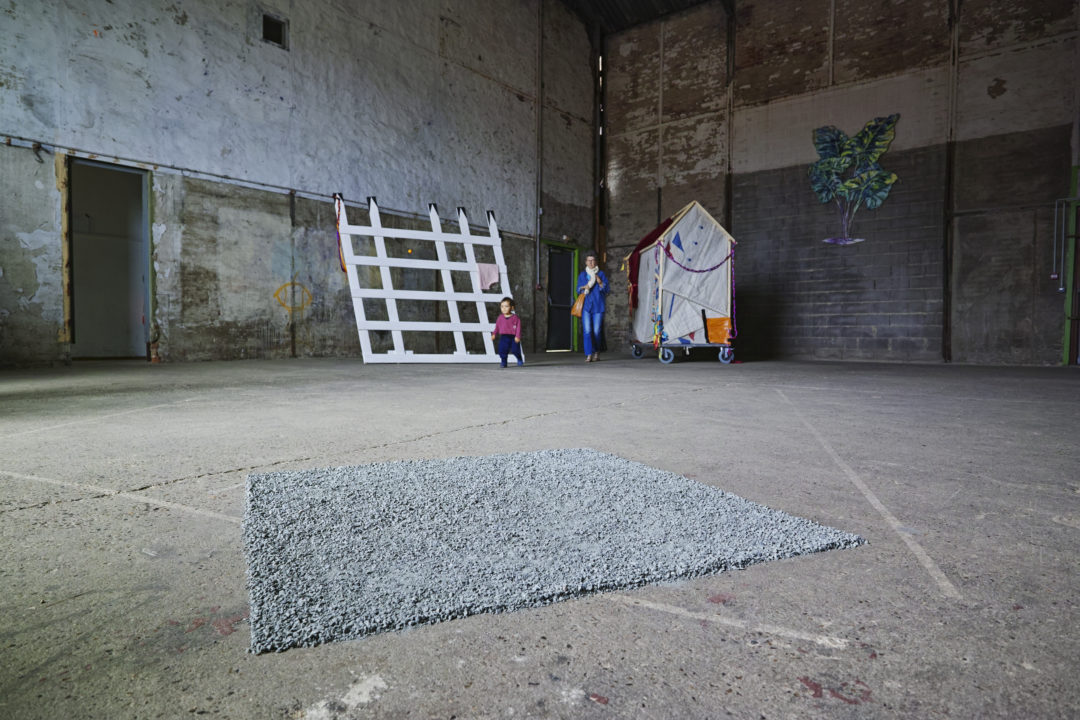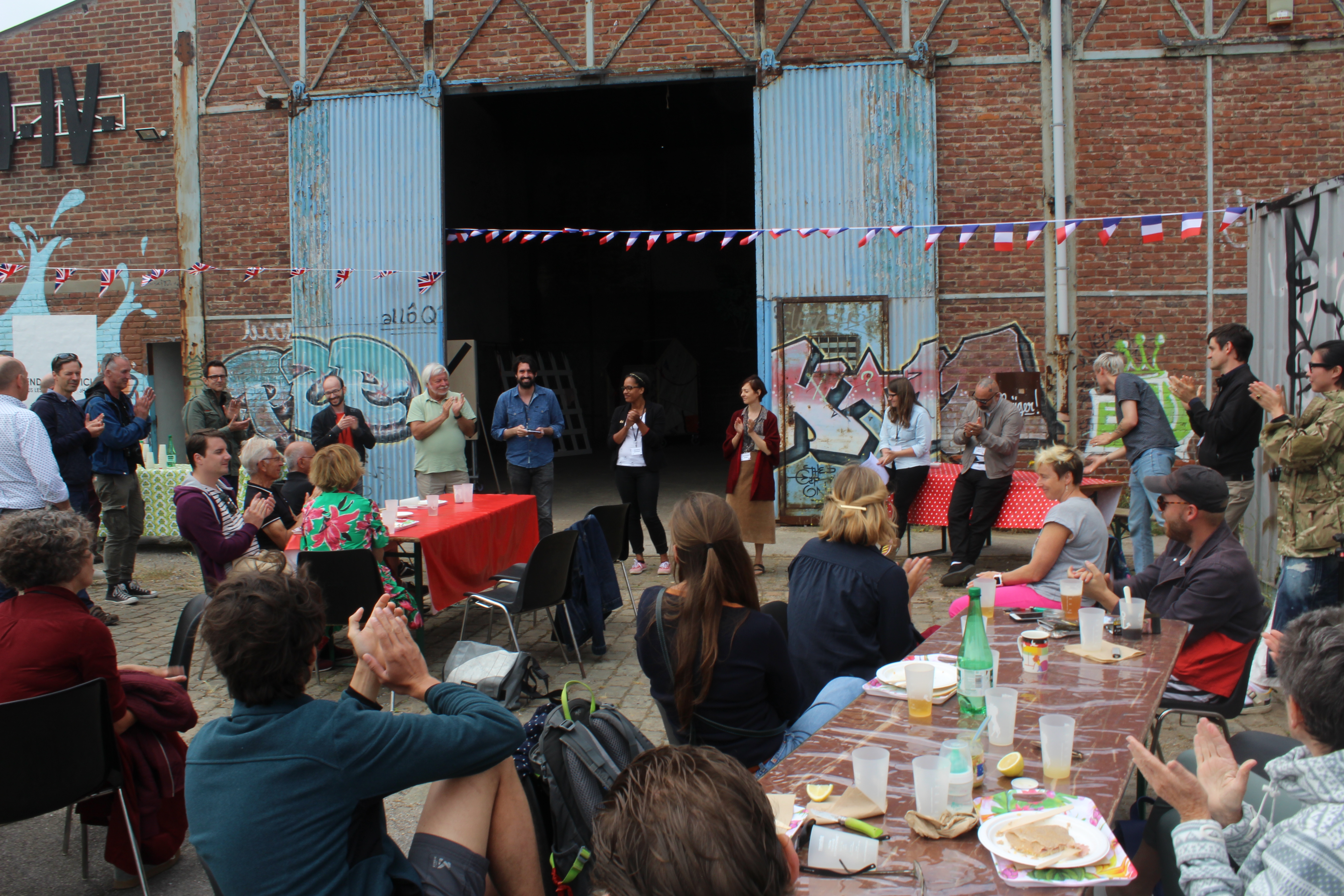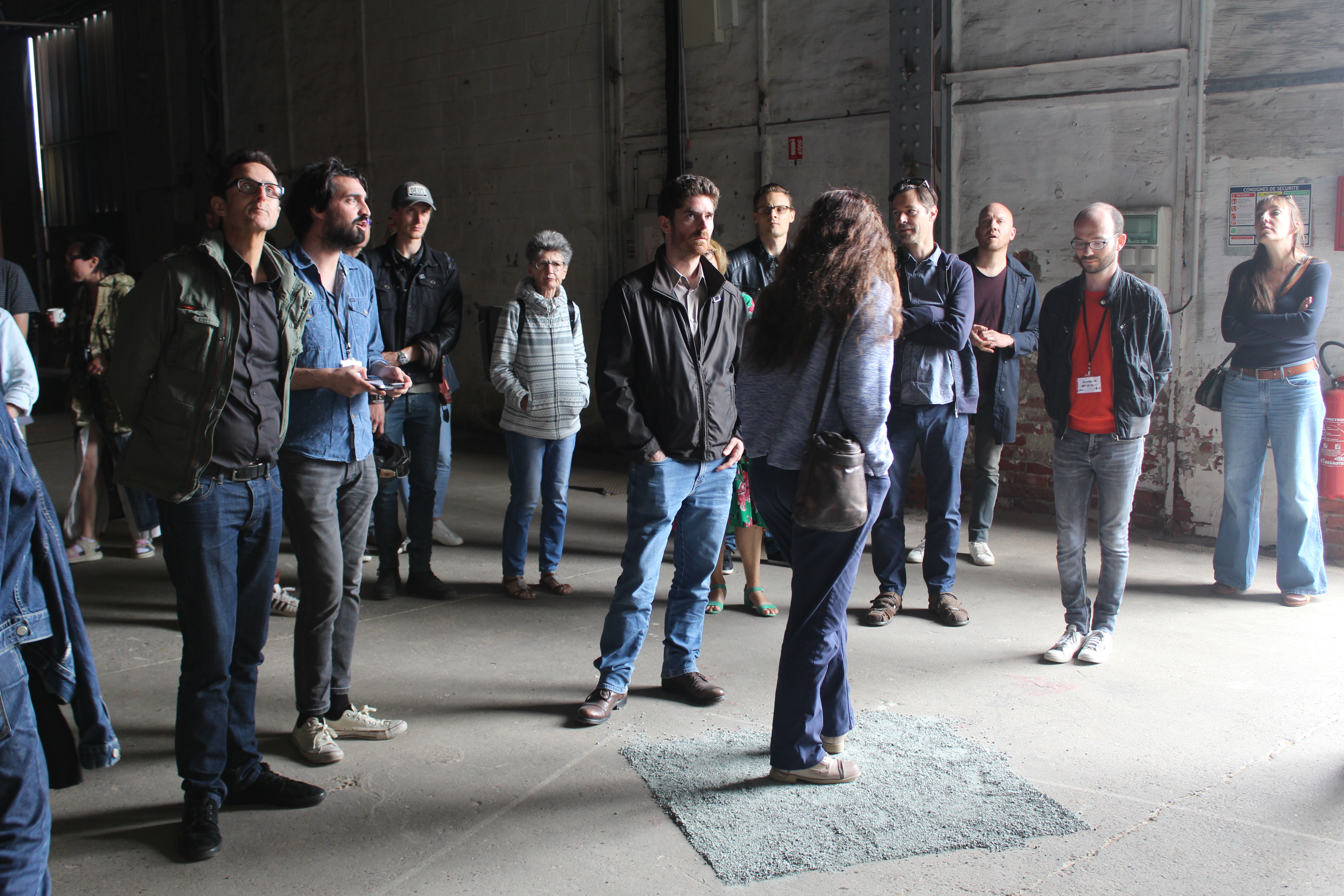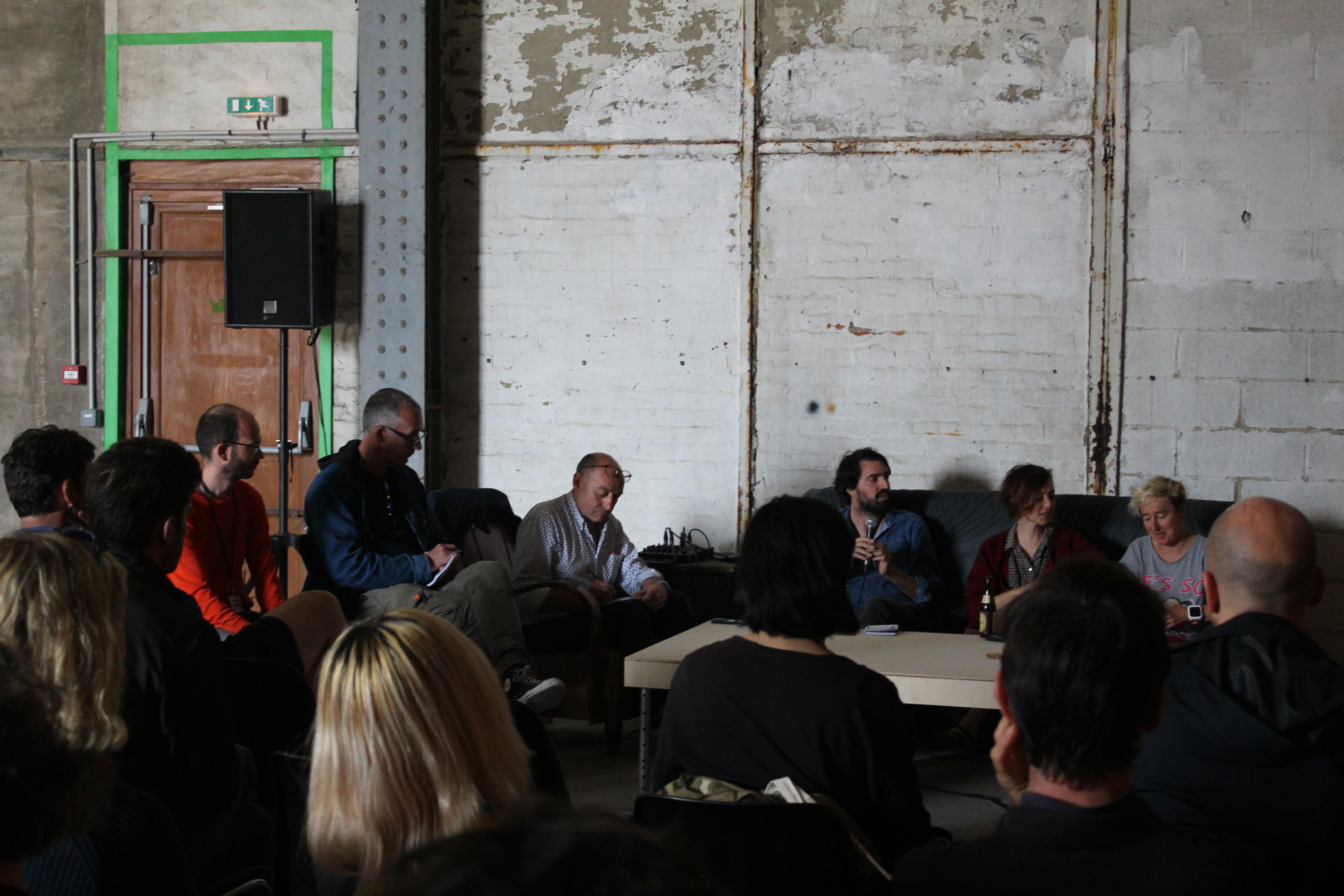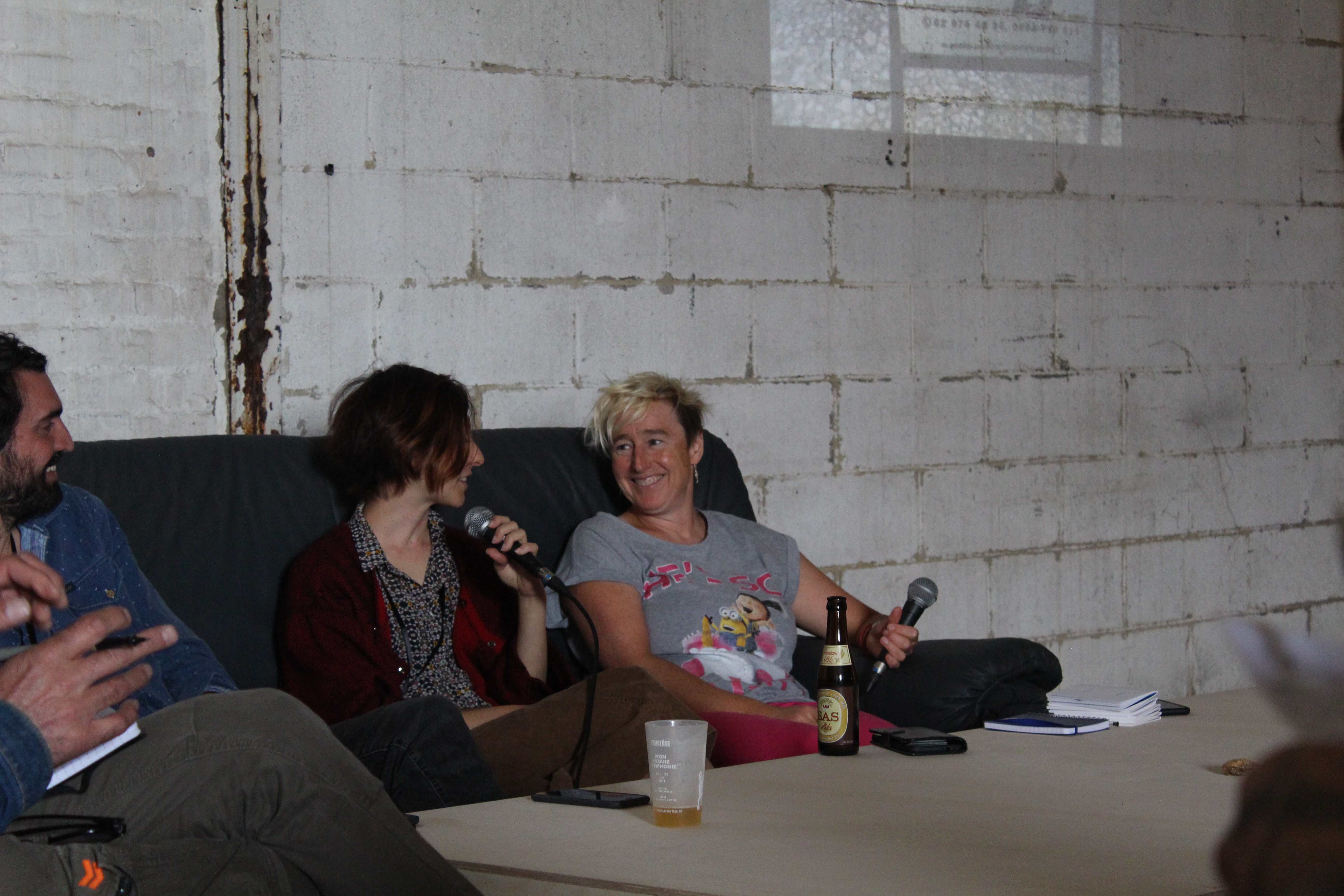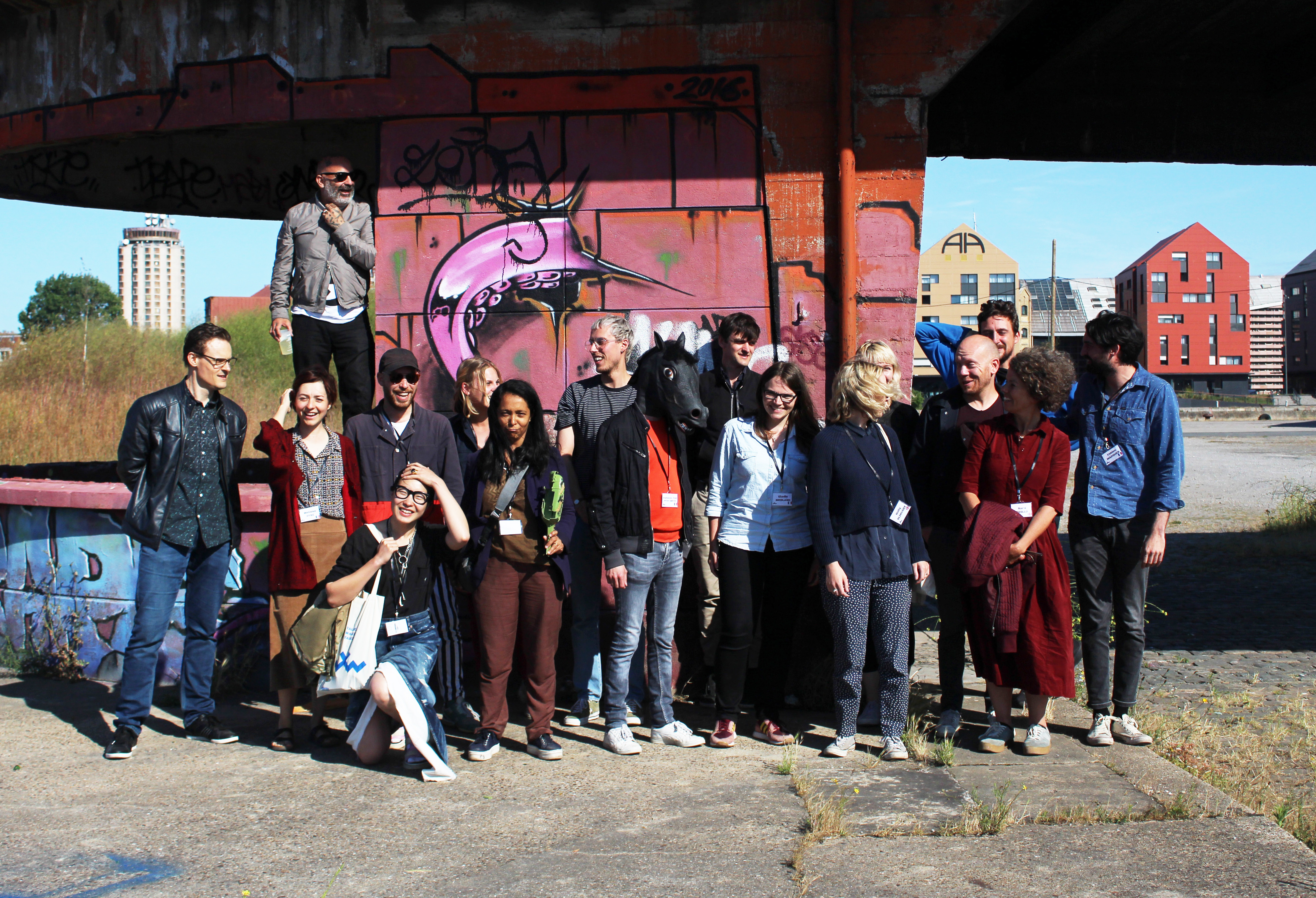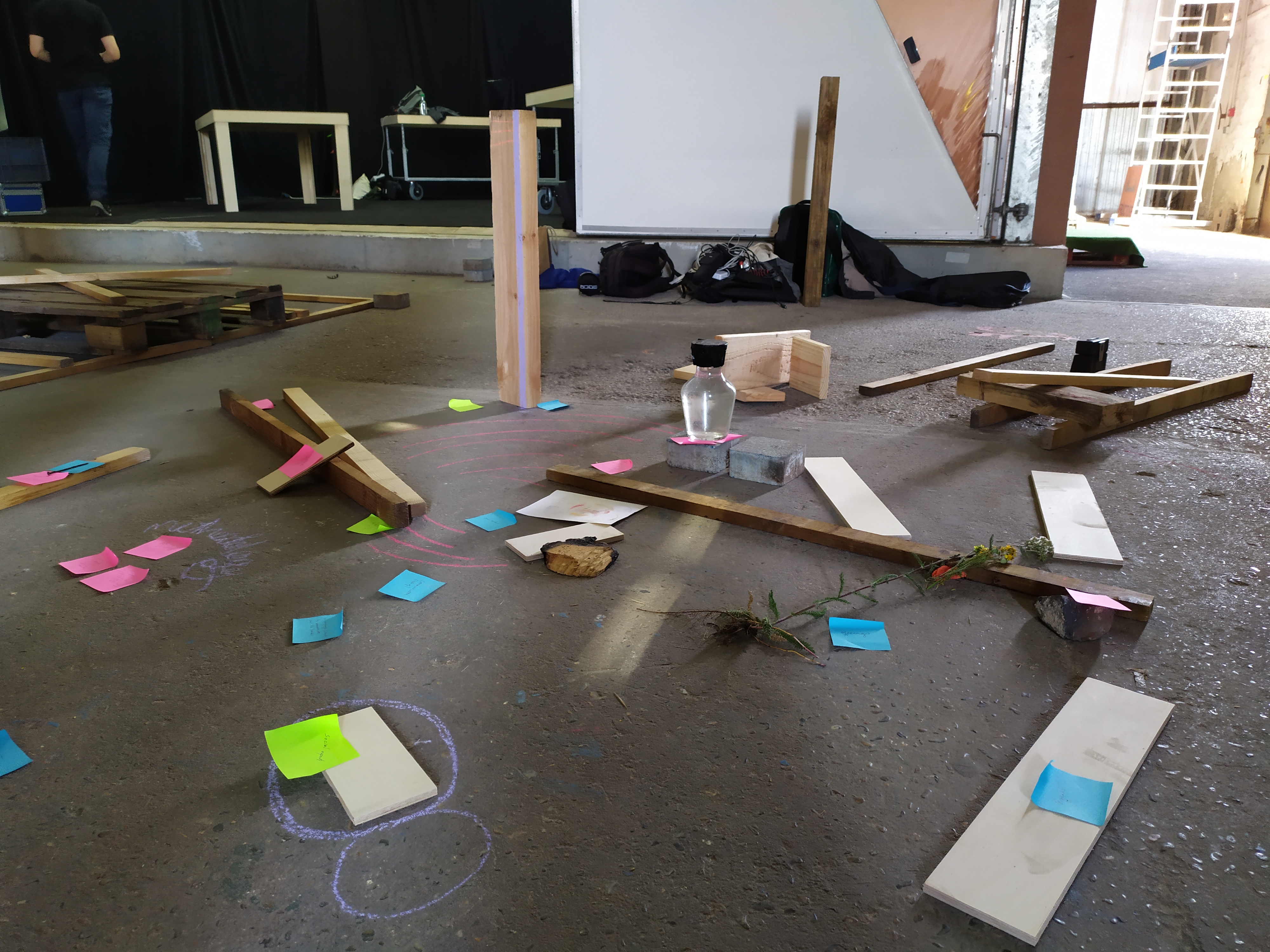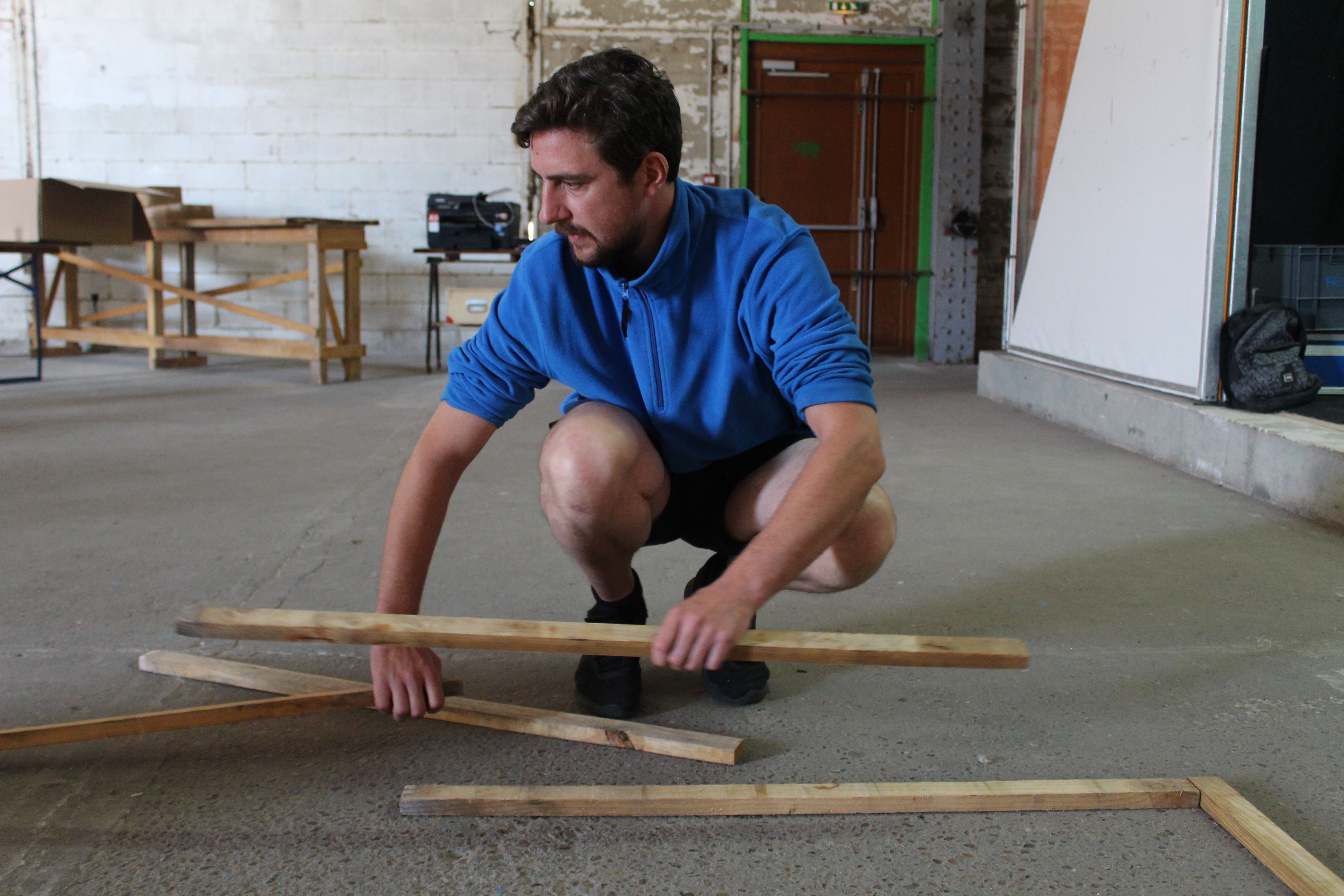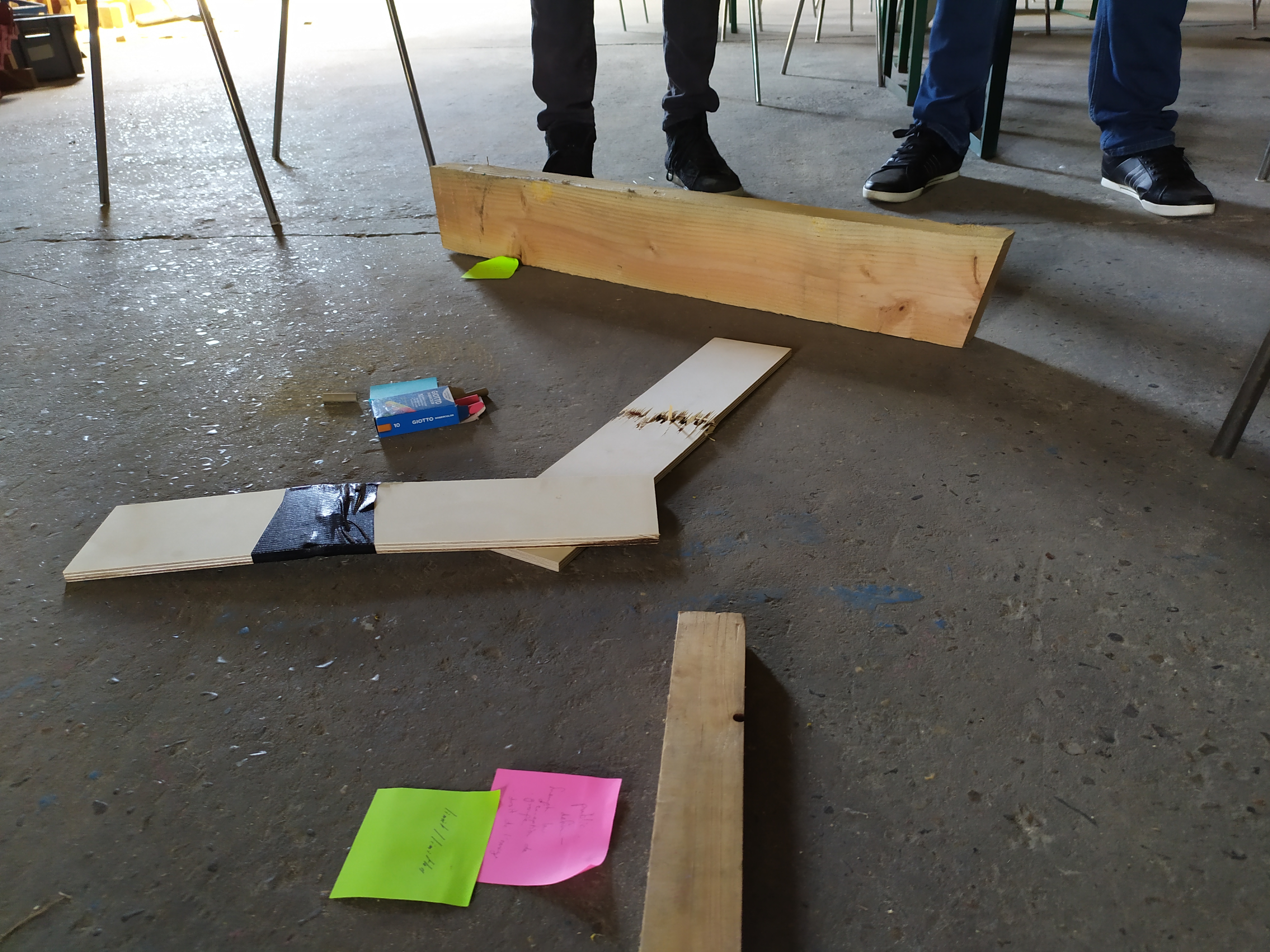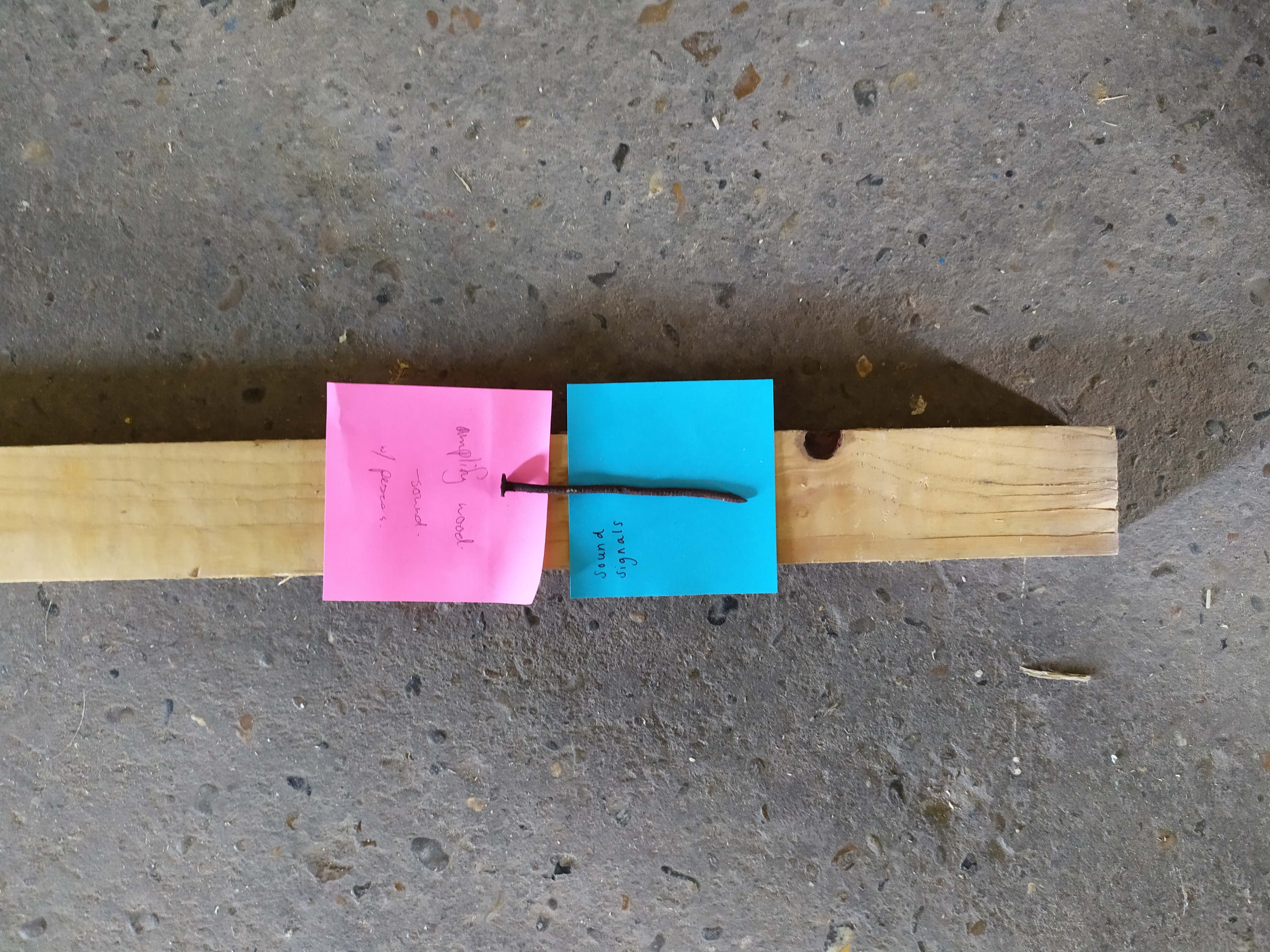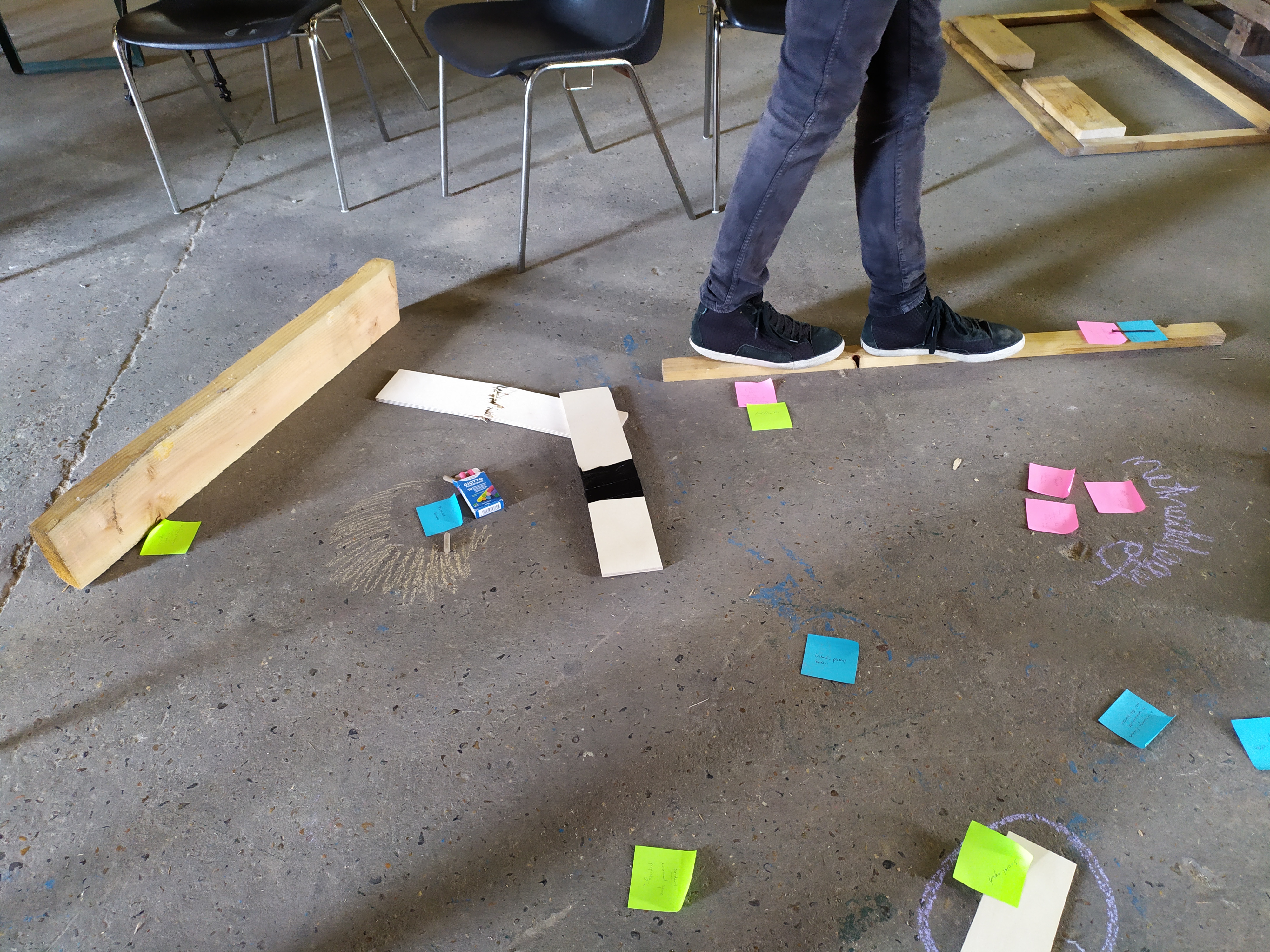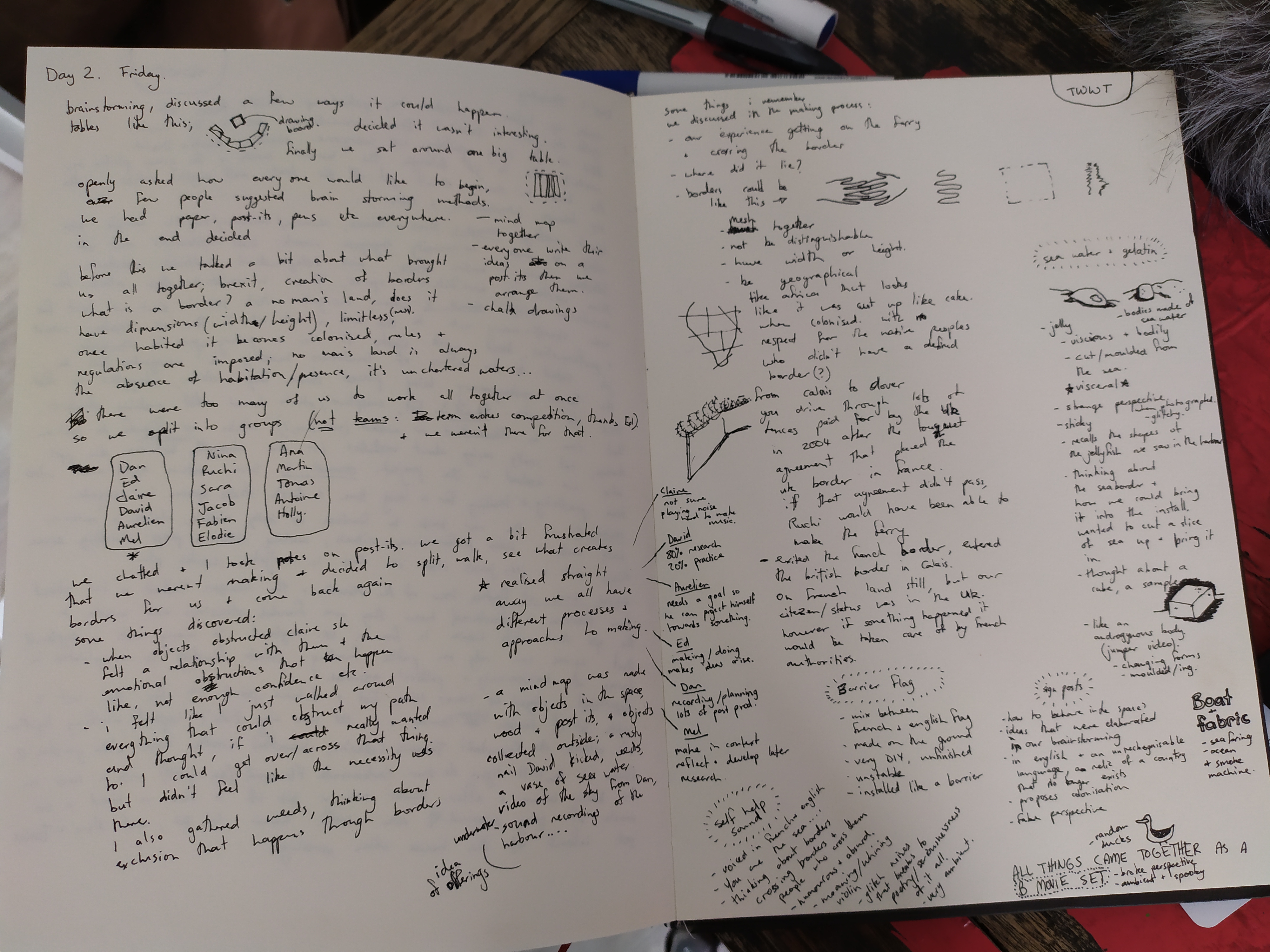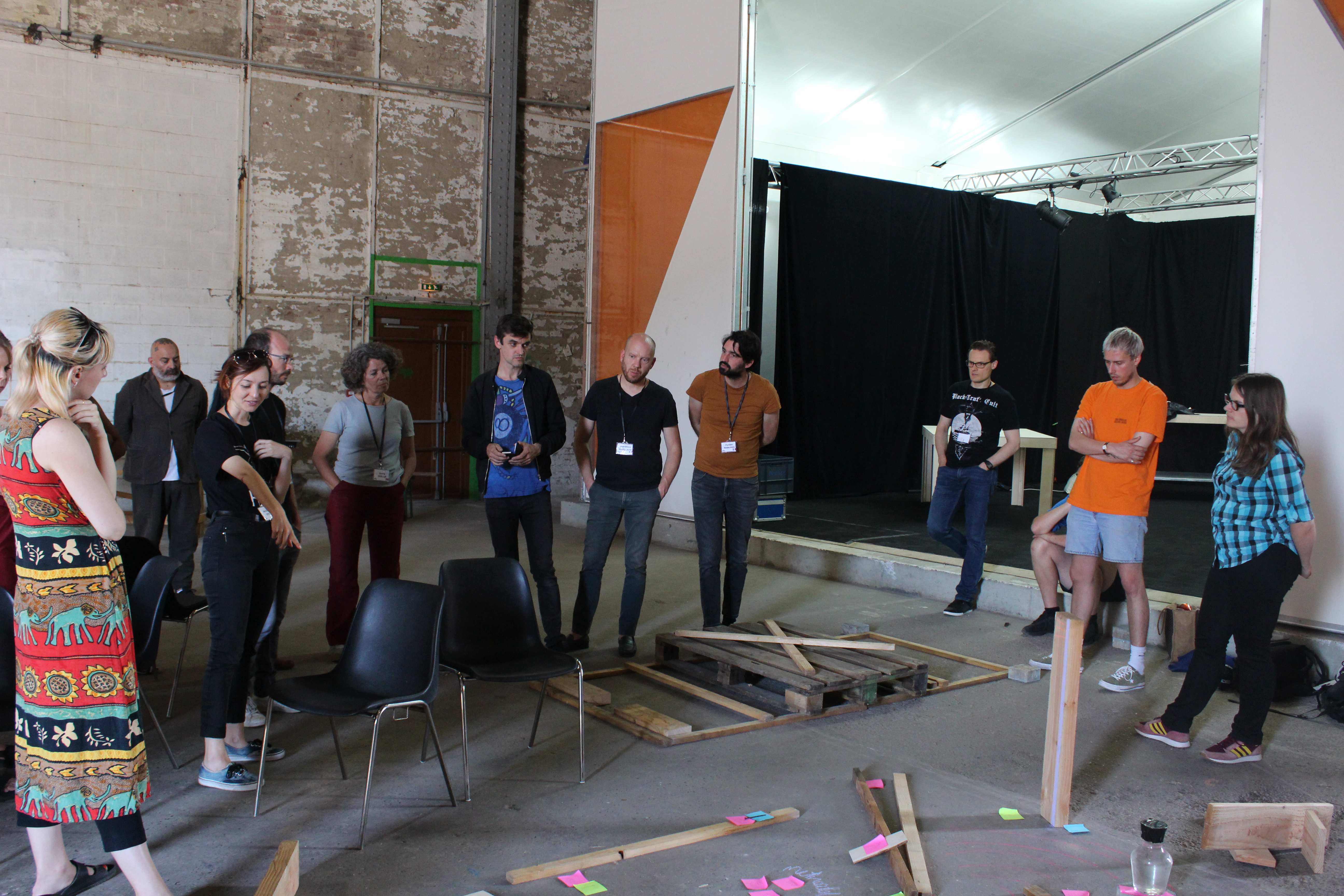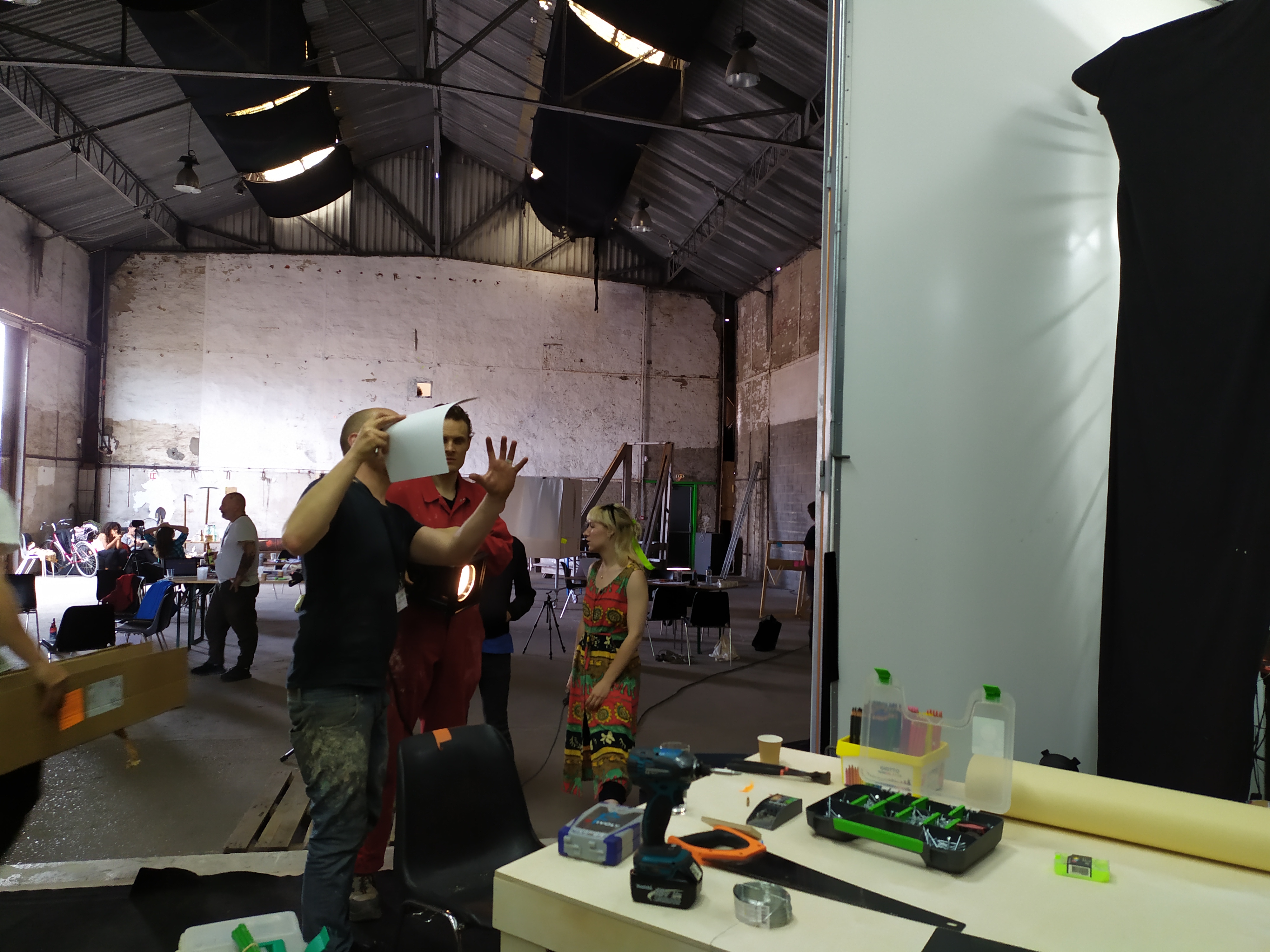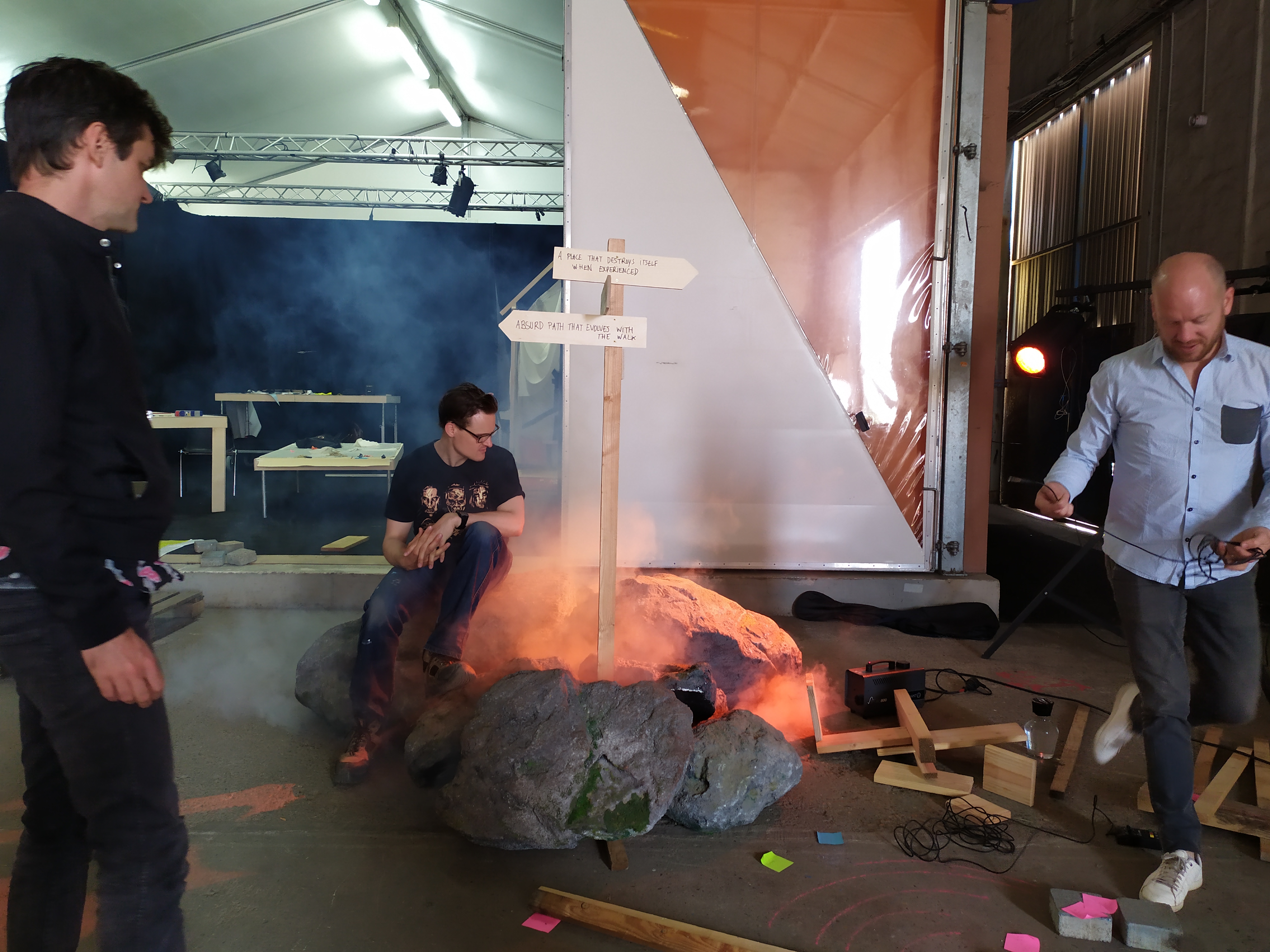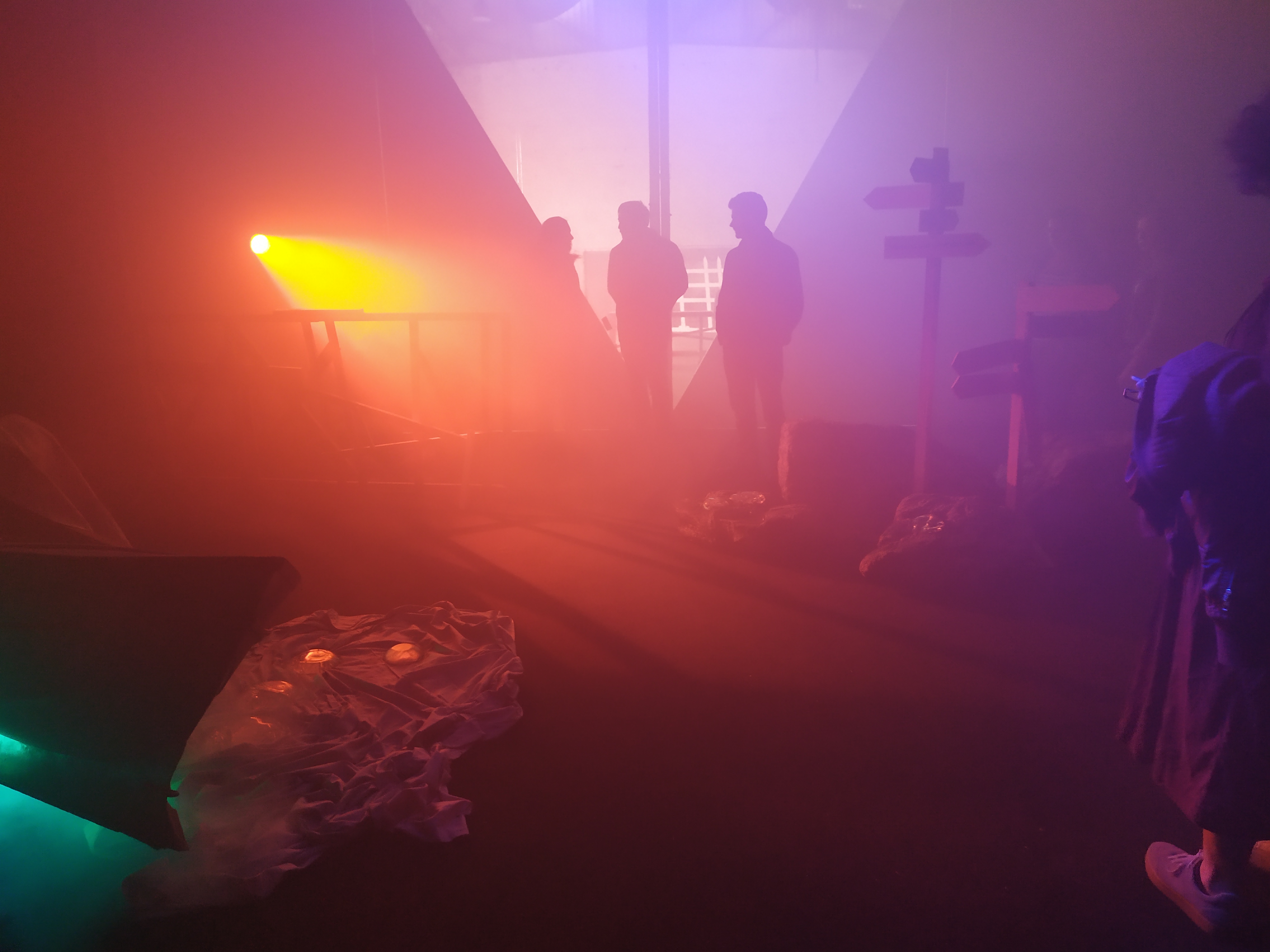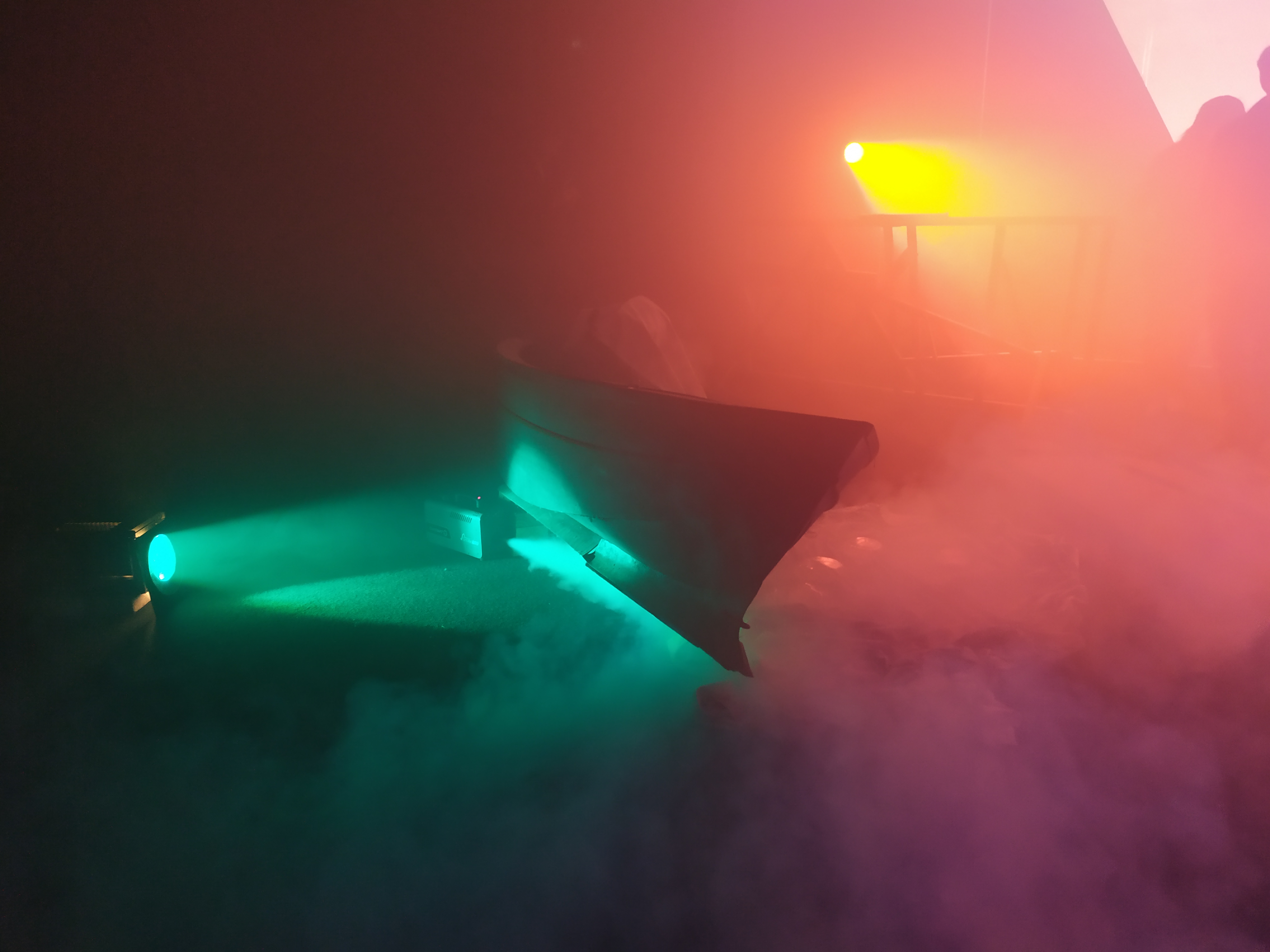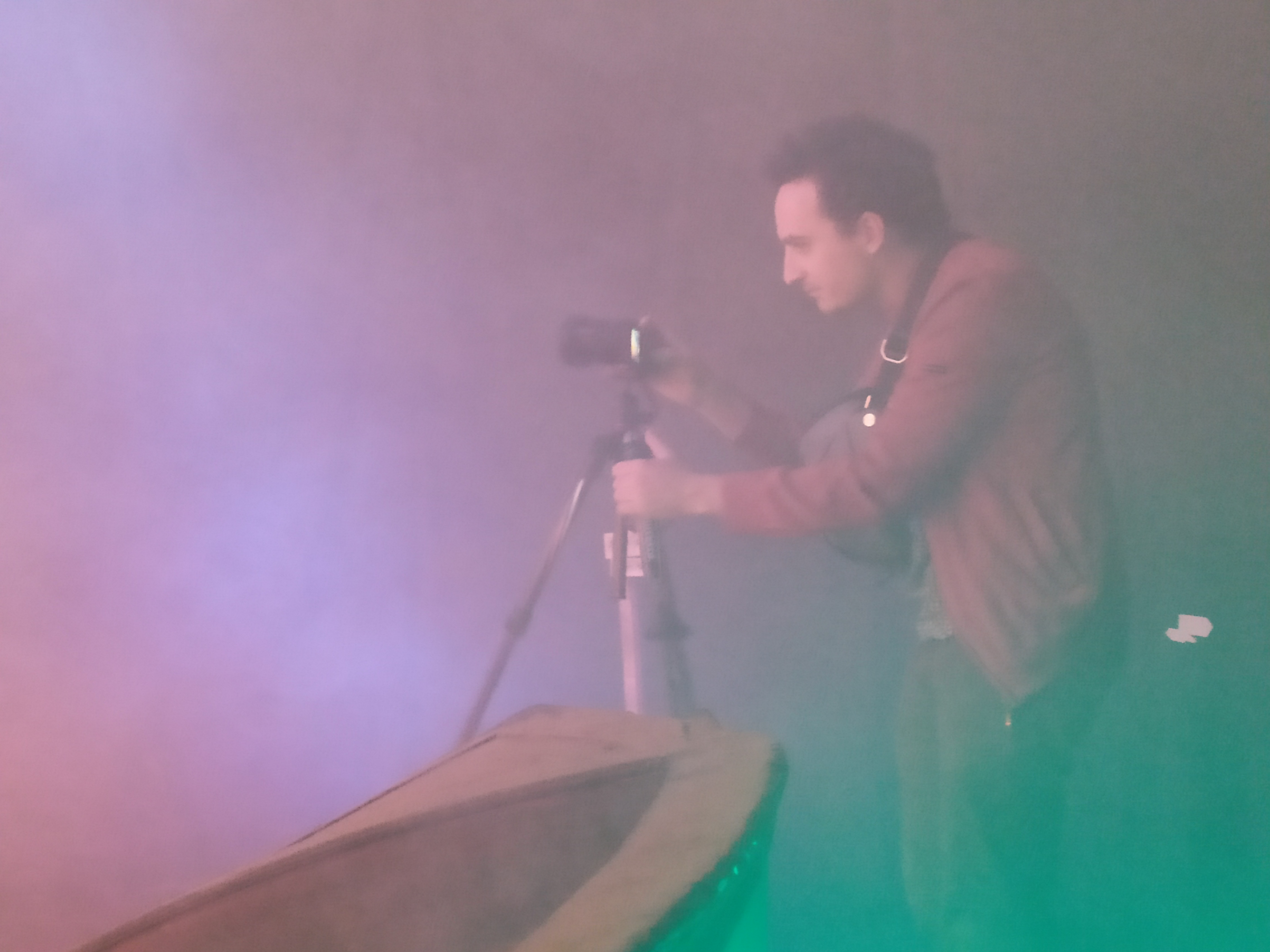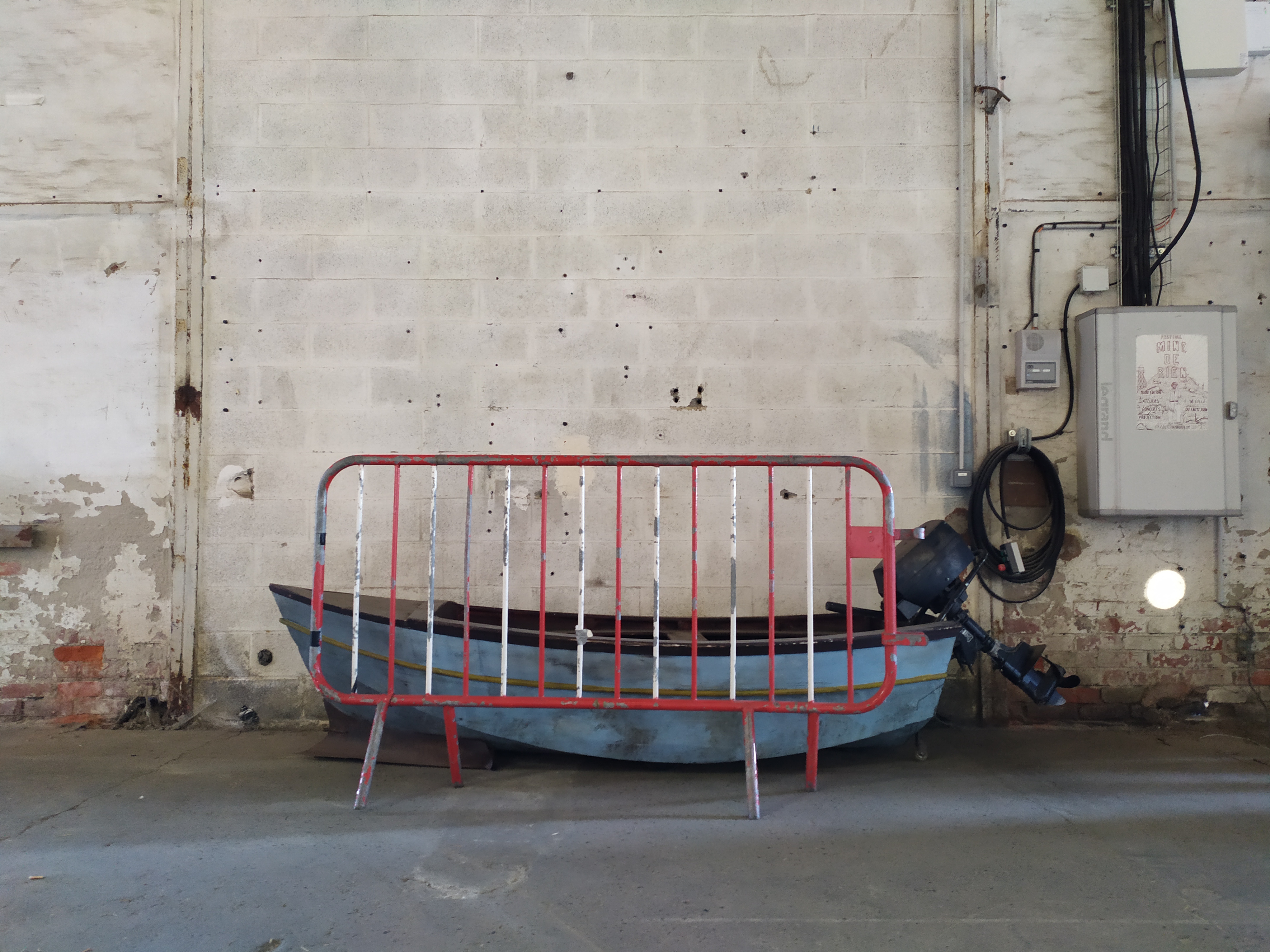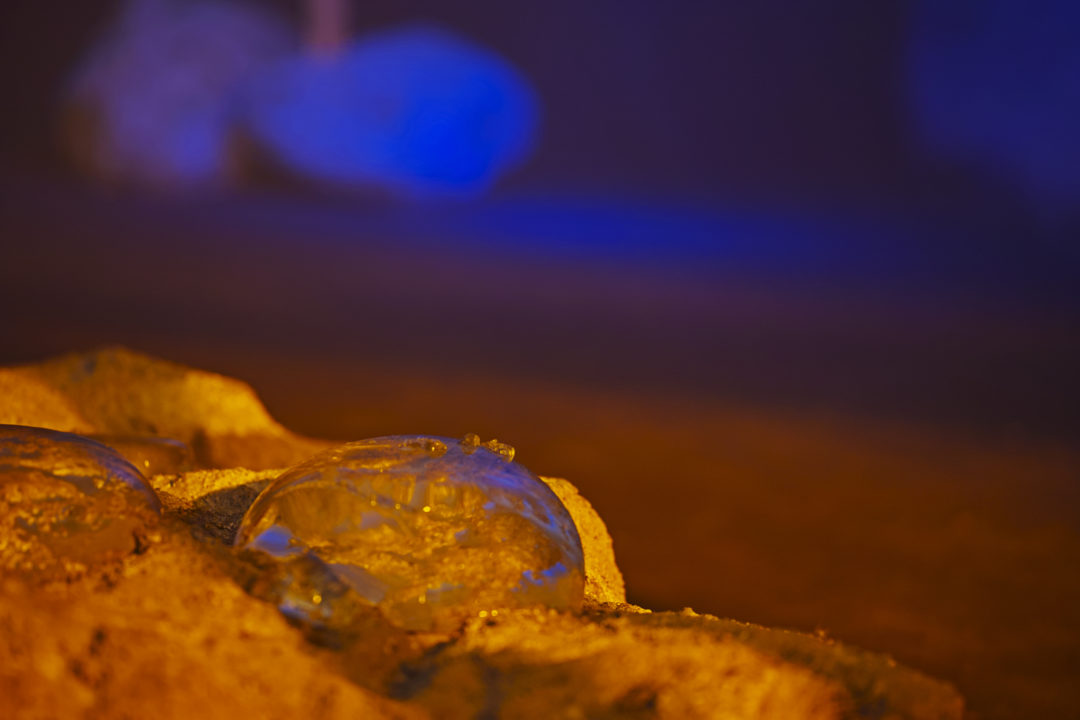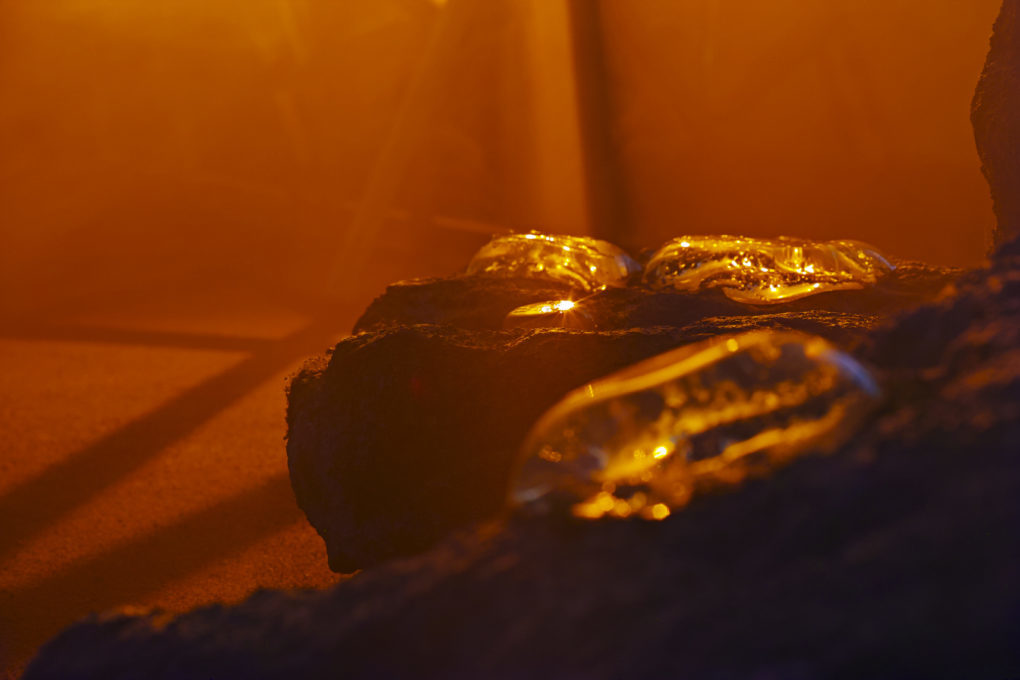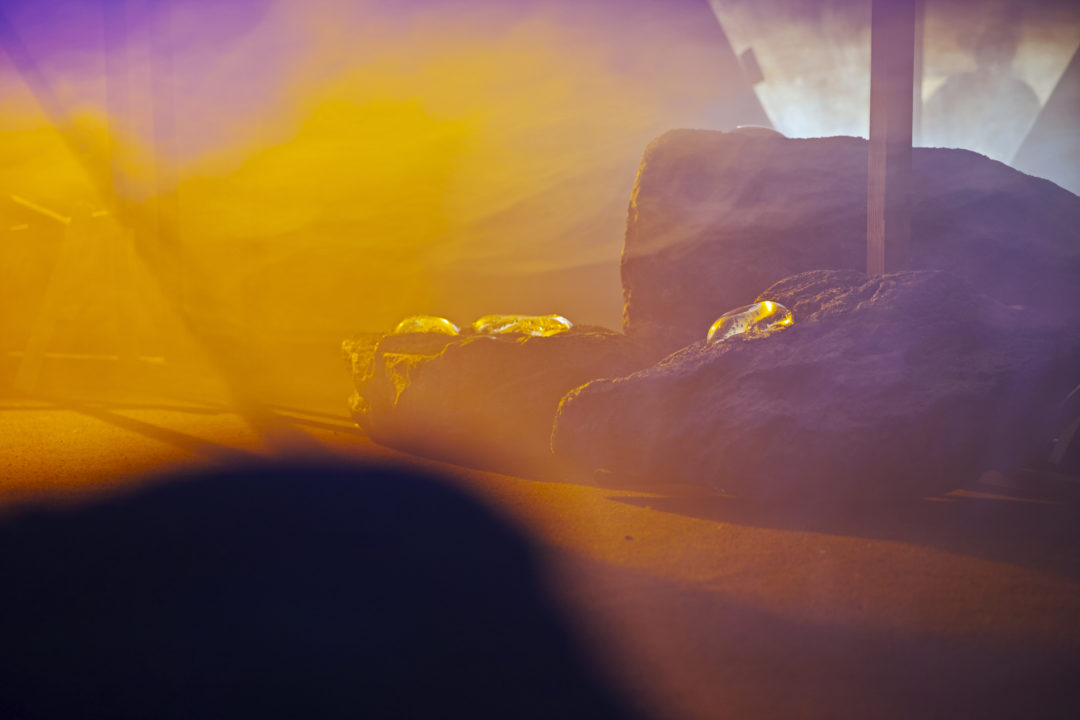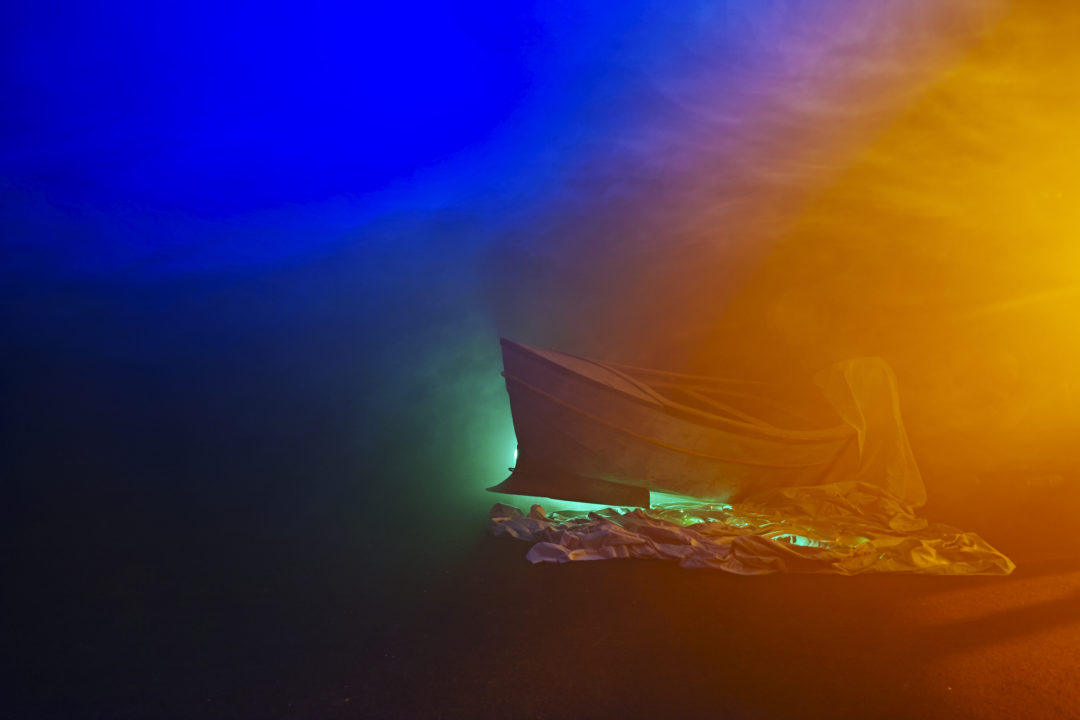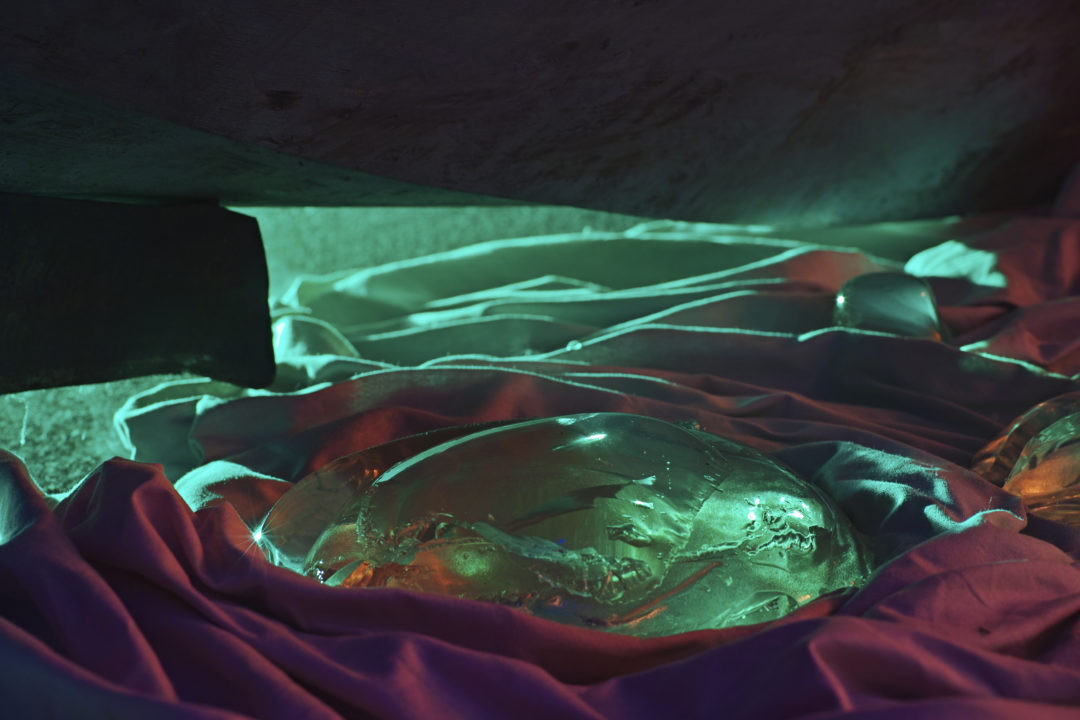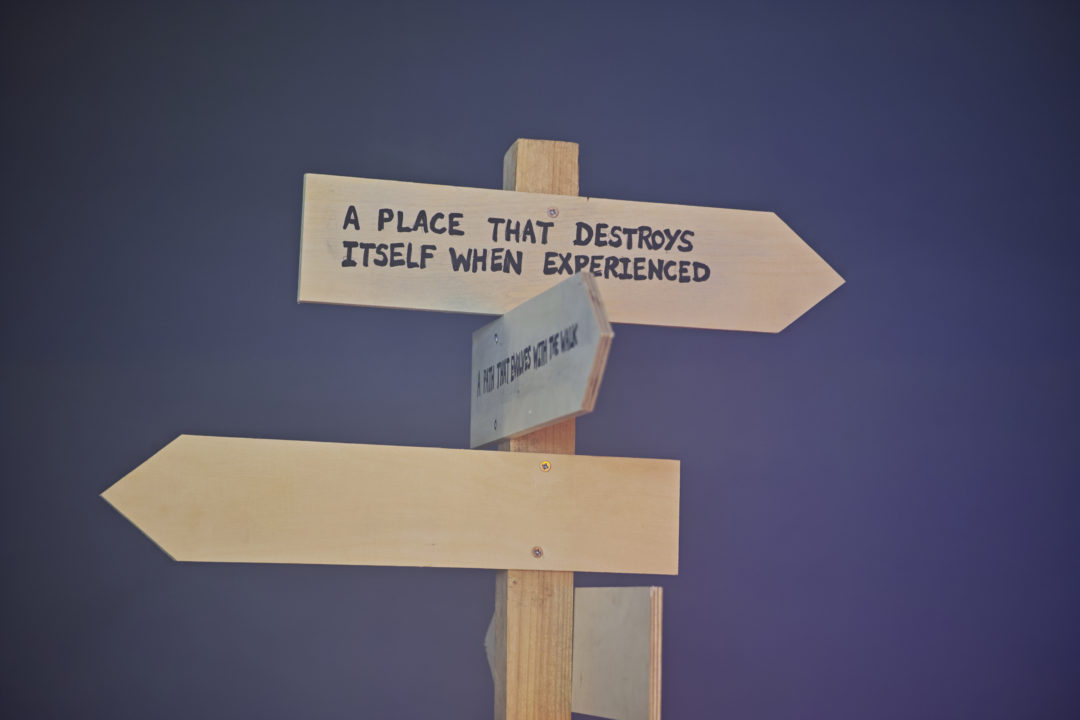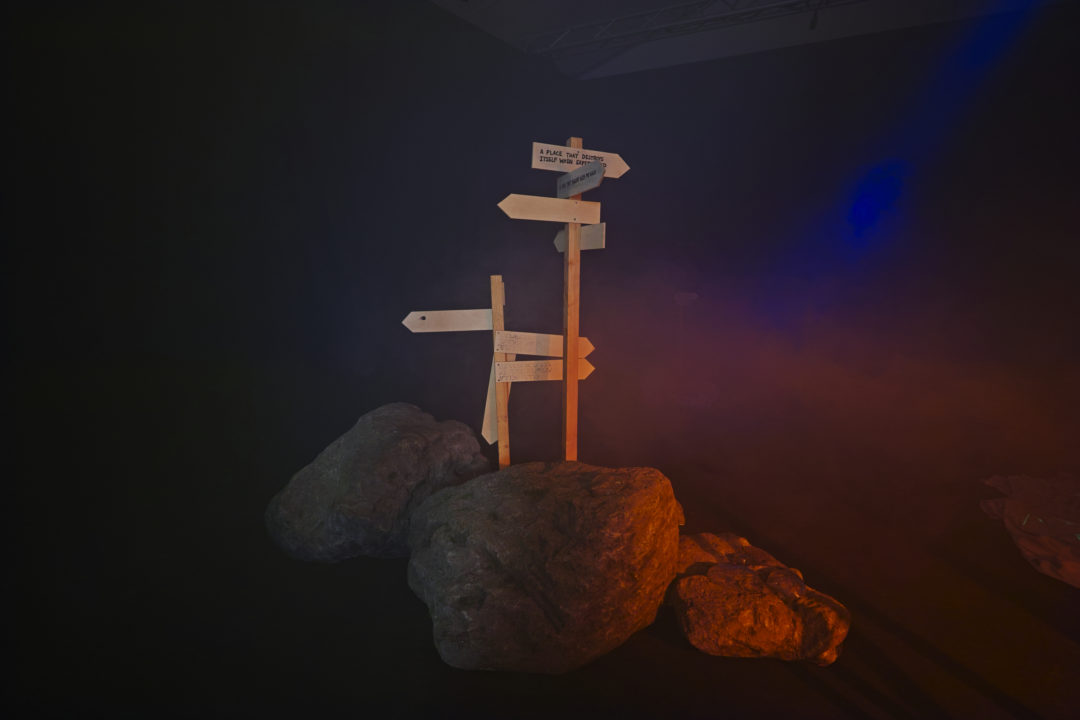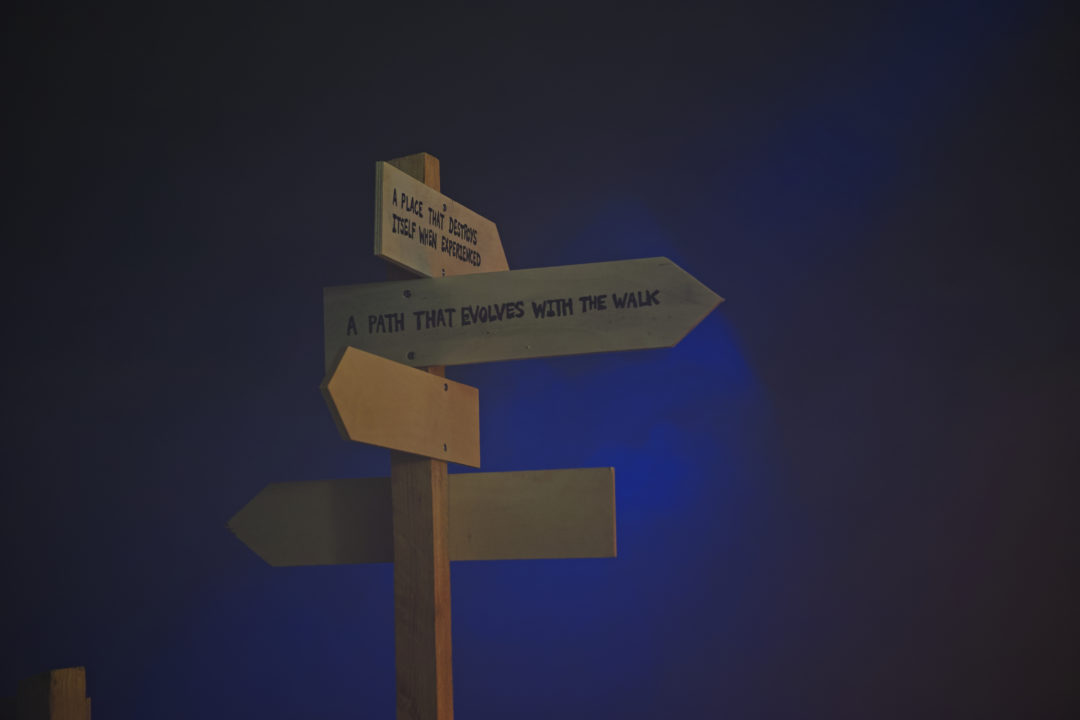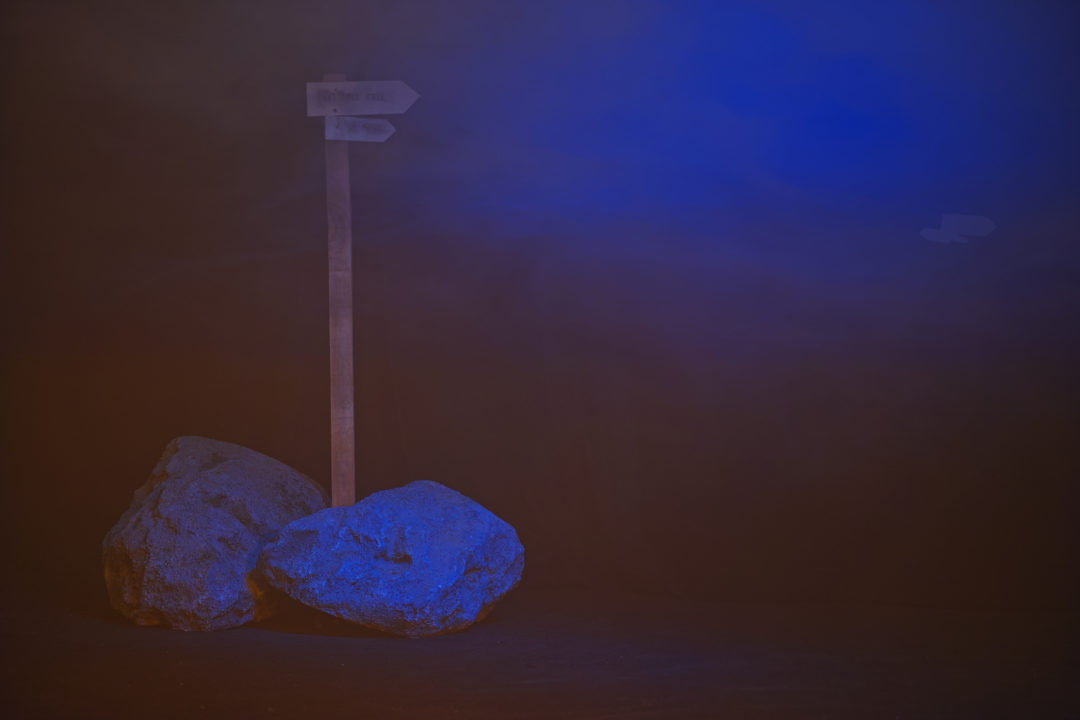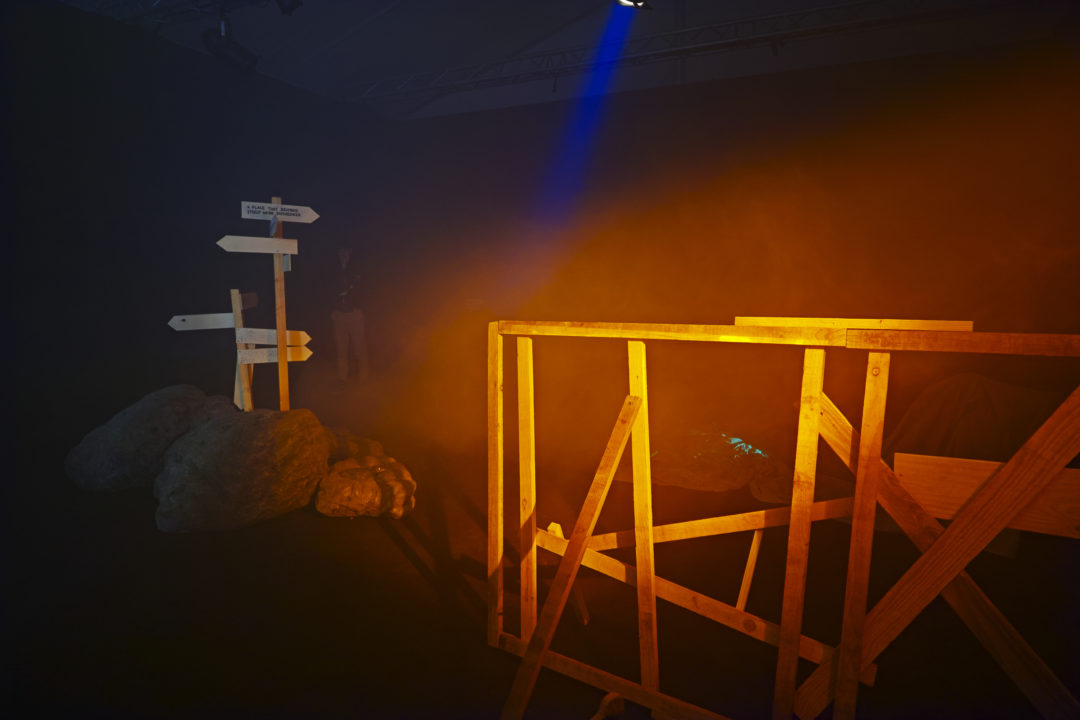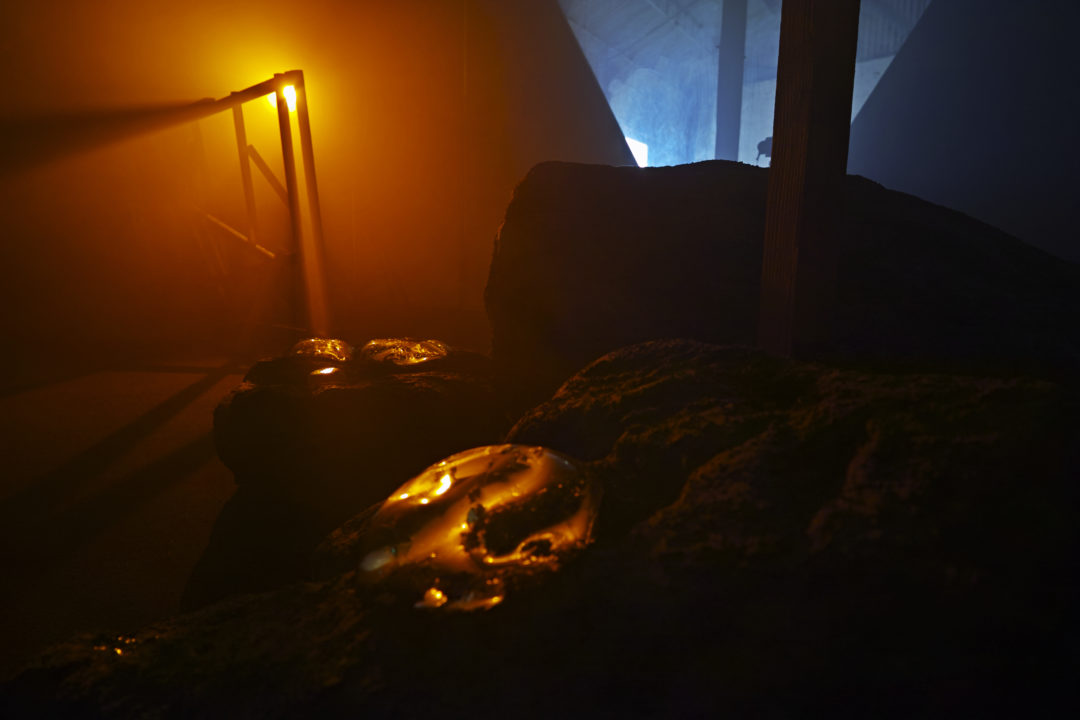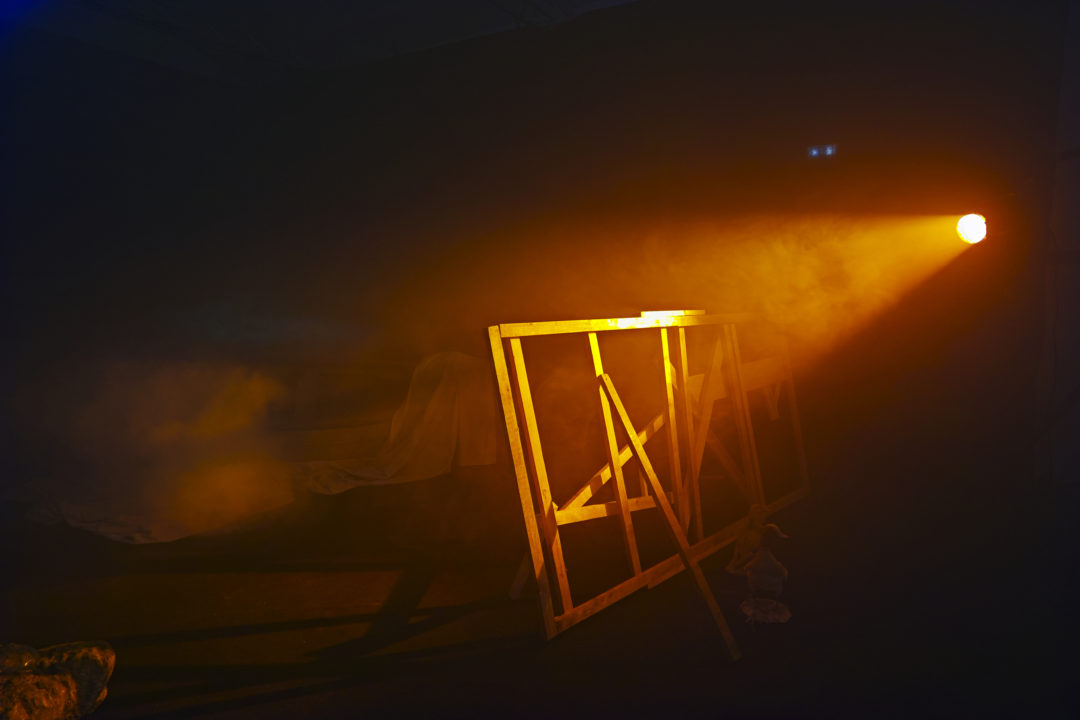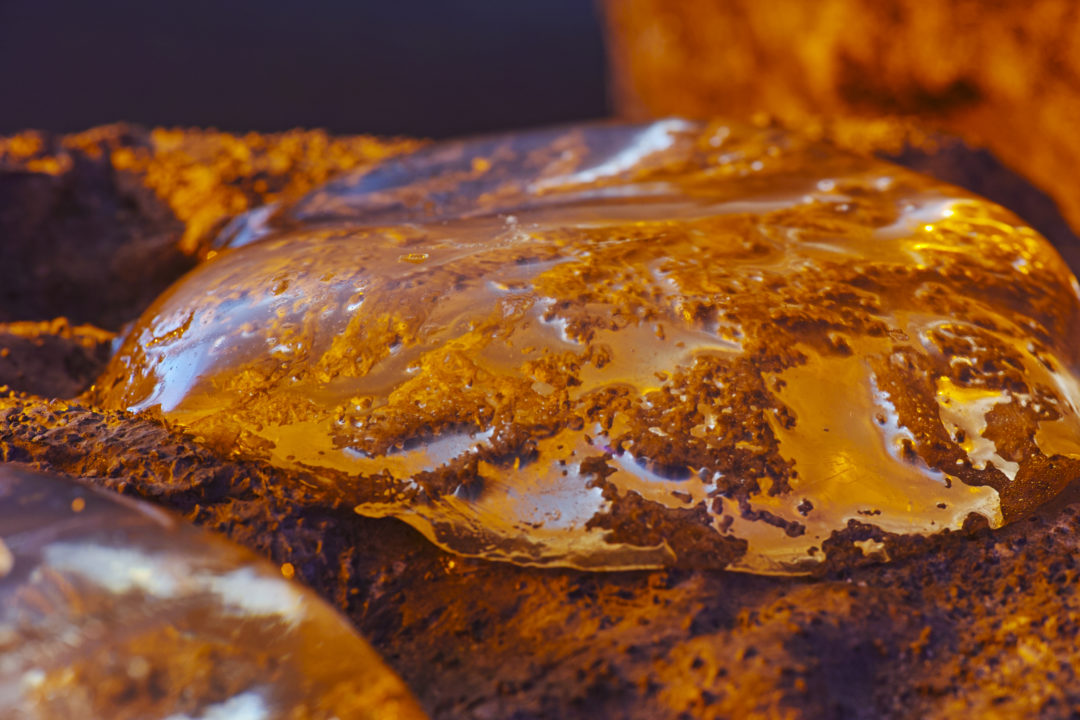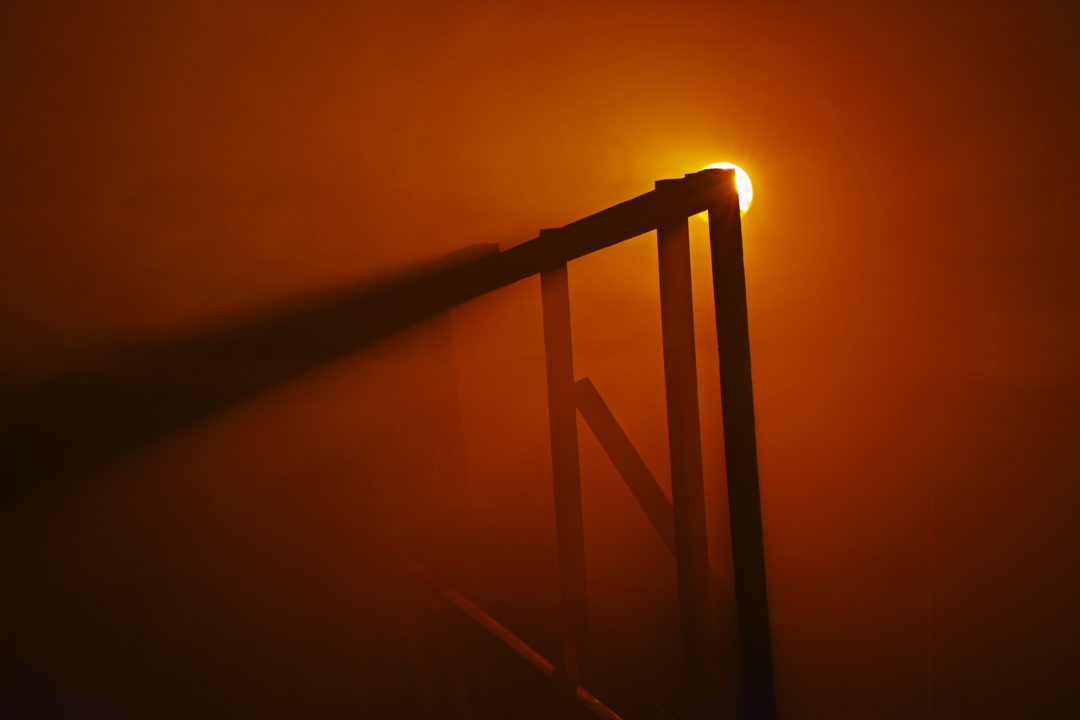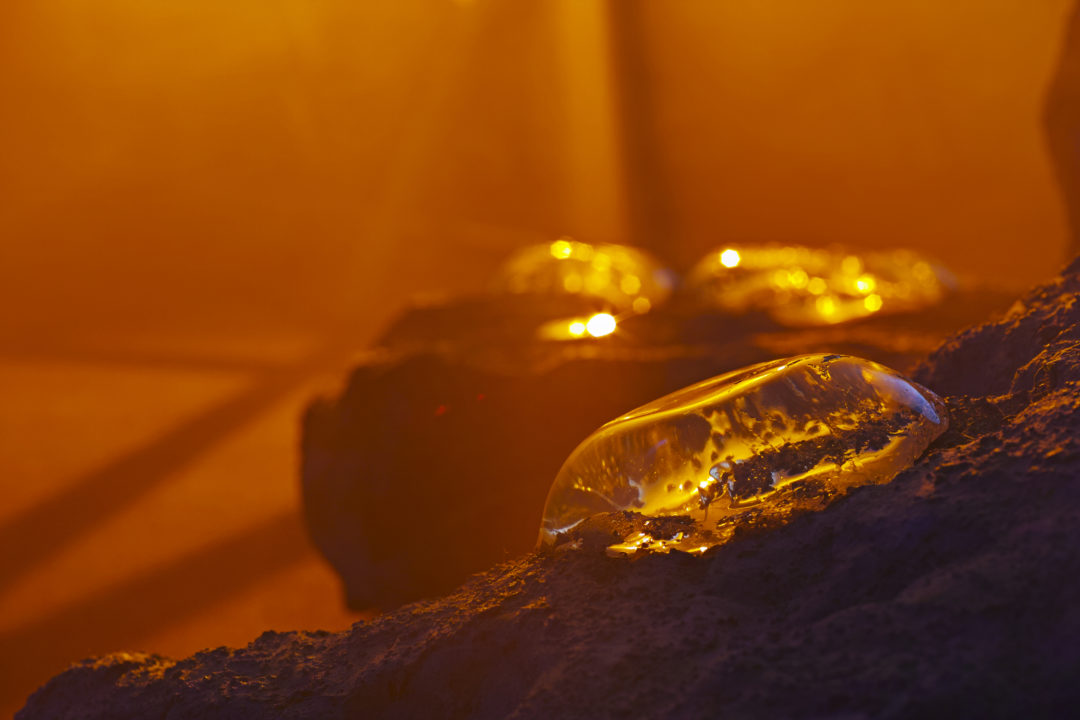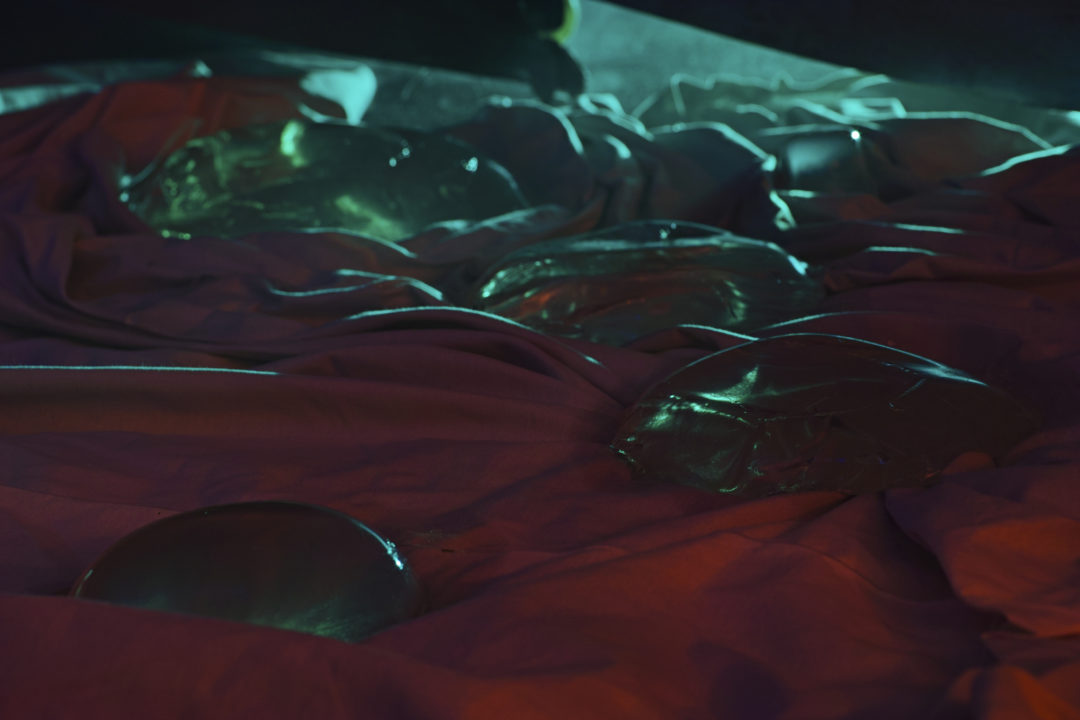Above: images by Fructôse, Mickaël Tkindt-Naumann & David Ayoun
TALKIE WALKIE WALKIE TALKIE is a project initiated and organised by Fructôse, in collaboration with the City of Dunkirk and under the artistic direction of Welchrome, Fabien Marques & Elodie Merland. The residency launched on the Calais-Dover ferry on the 4th of July, then continued at Fructôse, Hangar 4.IV, môle 1, Dunkirk until the 7th of July 2019.
TWWT is contextualised by the turmoil of the United Kingdom’s departure from the European Union. Artists based in the Côte d’Opale region of France and the Southern English Coast were invited to participate in the residency to stimulate Franco-British based artistic exchanges by engaging in a new cross-border cooperative framework in the field of contemporary art. Grouped into three creative consorts, these artists with different nationalities and artistic practices made collective creations around the concept of trans-borders. Utopian, caustic, pragmatic, delirious, in-depth, critical or far-fetched, these projects, carried out in the feverish atmosphere of a 48-hour artistic marathon, sought to build links where the break threatens.
The participating artists consisted of; Alfonse, Paul et les autres, Ruchi Anadkat, Jacob Bray, Martin Deknudt, David Droubaix, Aurélien Maillard, Fabien Marques, Elodie Merland, Claire Orme, Tomas Poblete, Melissa Ryke, Edward Sanders, Dan Scott, Nina Shen-Poblete, Holly Slingsby, Sara Trillo and Anaïs Vranesic.
[words appropriated from https://www.fructosefructose.fr/agenda/restitution-publique-talkie-walkie-walkie-talkie]
TWWT collaborative project
Above: images by Mickaël Tkindt-Naumann & Melissa Ryke
Collaborating with David Droubaix, Aurélien Maillard, Claire Orme, Dan Scott & Edward Sanders, we created an immersive installation in the 48 hours provided. Several elements were developed both individually and collaboratively throughout the residency and came together in what could recall a B movie set with a heavy Lynchian ambience.
Our collaborative process included working both individually and as a group. None of the work produced could have been developed without the discourse and contribution of others. This process of making was incredibly rich, dense and will have long lasting effects in our future practice.
Some elements that appeared in our final installation;
- A barrier that was built to resemble a mix of the French and British flag. Starting on the floor and building up, the construction began as an outline of a particular territory. Later to be installed upright like a flag, then fixed to some supports holding it up as fence or barricade.
- Several signposts that mimicked a fake perspective, with faded text from a language no one can understand. Some had the same text in English suggesting and directing our thoughts and experiences, guiding us through the space. The derelict signposts next to the new legible ones suggested a kind of colonisation, an advance in language and a change in culture. The signpost as a form highlighted the habitation and regular traversing of a claimed land.
- Jelly made with seawater from the harbour and gelatin, recalling the jellyfish seen stranded in the port. The sea jelly was a way to bring the ocean into the space without flooding it, referencing the water border we crossed on the ferry. We were thinking about bodies of water separating us, bodies crossing water boundaries, how boundaries are fluid, seem ephemeral and intangible, uninhabited and possibly limitless (in terms of width, height, depth). We also considered how jellyfish follow warm tides and are a clear marker of climate change in Dunkirk, and climate change being a motivator for migration.
- A looping soundtrack based on self guidance tapes with French and English dialogue, accompanied by a melodic whining violin and glitchy pulses that randomly interrupted the poetic atmosphere jerking us back into reality.
- Rocks, ducks, a boat, spot lights in blue, aquamarine and orange, a pink fabric ocean and a smoke machine all added to the classic B movie hokum aesthetic.
Above: images by David Ayoun
Below: video documentation of our installation with sound at Fructôse, Hangar 4.IV on the 7th of July 2019

